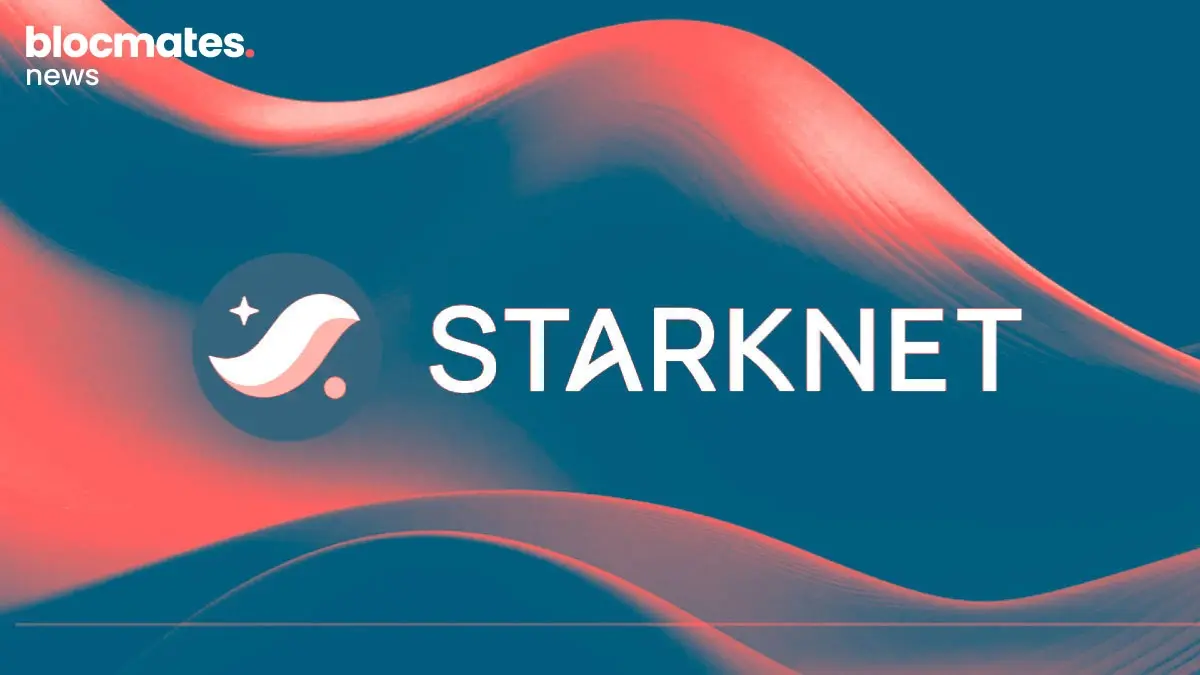A complete guide to chain abstraction: onboarding the next 7 billion.
According to the latest statistics, there are upwards of 400+ million crypto users worldwide.
With the global population estimated to have recently topped 8 billion, this leaves a shitload of people left to onboard into the degenerate on-chain world we all survive and occasionally thrive in.
Yes, we are “retail” in its current form, but what does that make the masses of NPC humanoids yet to take the dive into the domain of magical internet beans? Maybe we are still early.
Something has to change in order to bring the masses on-chain. The complications involved in using our beloved blockchains are just too much for the average mid-curving, fake media watcher on the street.

One could certainly argue that it isn’t an NPC skill issue but more of a convenience problem that crypto currently faces.
Most people are inherently lazy when it comes to new tech. They’ll post “look at me” insta stories all day long but will roll their eyes if you suggest downloading a Phantom wallet to buy the latest life-changing shitcoin.
If only they knew. Or didn’t..
This is where abstraction comes in, onboarding the masses without them even knowing it’s happened.
A beautiful art form of subtle conversion rolled out on a carpet of convenience that even the biggest crypto hater couldn’t resist.
What is chain abstraction, and what does it mean?
Abstraction, in general, is more about the user experience than the technology itself.
It involves removing the complicated parts of using the blockchain and, in doing so, providing an experience that leaves the user totally unaware of what is going on under the hood.
Abstraction doesn’t necessarily mean removing things; it means removing the need for the user to know that they’ve happened or how and why they occur.
Think about most of the things you do today: driving your car, making a phone call, and sending income from your McDonald's job to your wife's boyfriend to pay for the basement rent.
All these things just work, and unless you’re an expert, you don’t really need to know why or how.
In the blockchain world there is a deeper need for understanding the underlying happenings of what is going on.
A lot of the things we do daily, like bridging coins, adding addresses to wallets, signing contracts and paying gas fees require manual labor and knowledge from the user.
Yes, we are all giga-brains. Give yourself a pat on the back.

Chain abstraction, more specifically, looks to address the complications involved with managing funds across multiple blockchains and the issues that arise because of this.
Imagine a world where you can connect to your favorite decentralized application and without even knowing, do what you need to do across any blockchains you wish, in an automated fashion.
No more bridging, no more different gas tokens and wallets for different chains, just pure simplicity and interoperability.
This is exactly the world that chain abstraction looks to create.

Why does chain abstraction matter?
Chain abstraction is important because it aims to solve a lot of the current pain points that we, as users and builders, experience on a daily basis in the cryptosphere.
One of the biggest issues with the current crypto space, which is split up into its separate chains, is liquidity fragmentation. Users' funds held on, say, Solana are useless on Avalanche unless bridged across. Once bridged, they are only of any use on Avalanche, and so on.
This means that developers building applications must think long and hard about which chains to deploy on and where the liquidity exists.
It also means that less experienced users, without the knowledge to bridge, are stuck using the applications on the chains they hold their funds on and potentially missing out on better experiences elsewhere.
We all know the pains of missing out.

Chain abstraction looks to solve this problem by providing totally interoperable technology that will allow users to use their funds across any chains they want without the need to bridge or manage multiple wallets.
In turn, this will create a crypto space where the best applications will attract the most capital, not just those built on chains that are good at onboarding but hard to break away from.
A big part of this issue is the need for multiple wallets to manage funds across different chains. This makes portfolio management and tracking harder for users.
In saying this, however, it does spread out the attack surface for would-be wallet drainers, so it's not all bad.
Chain abstraction looks to remove the need for multiple wallets and the switching between networks that take place to view balances and make transactions.
By building universal wallets that can seamlessly interact with any blockchain, regardless of the tokens being used, a user's experience can be greatly improved, and better UX means more degens and more efficient liquidity.
Gas fees are the next problem that chain abstraction will look to solve.
Currently, we all need different gas tokens to sign contracts on different chains. Those of us who have been in the game for some time know what tokens we need for the chains we use, but many struggle to understand this concept.
I can remember myself in my early crypto days, having made a pretty profit on some shitcoin of the time, not being able to sell due to having no tokens to pay for the gas.
Unable to figure it out on-chain, my only option was to deploy more fiat and wait for it to hit my wallet, by which time, of course, I was back in the red.
“This crypto shit is a scam!” was most likely what I screamed at the time.

Once again, chain abstraction aims to solve this problem by allowing users to pay for transactions across any chain they wish with any token they want. An obvious gas token may be a stablecoin like USDC or USDT, but in reality, it could be anything.
The ability to pay gas with SOL on an Ethereum-based application, for example, could become a reality. This would allow users to interact with any application they want, regardless of what chain it exists on.
Chain abstraction also has some huge benefits for developers. No longer will builders have to spend time considering which chain to deploy their dApps on based on liquidity amounts and user metrics.
As a dev, you could literally build your application on DSC chain (no idea, don’t ask), which, according to DefiLlama, has a whopping $1 in TVL, and if the app slaps the money will flow in from every other chain in existence.

Now that we can understand why chain abstraction is such an important concept for the future of crypto, let’s examine some of the sectors and protocols that are leading the charge toward a fully interoperable, decentralized world.
Which sectors and projects of chain abstraction are worth watching?
The chain abstraction space can be divided into different categories, each trying to solve a unique problem. However, they all share a similar goal of making the user experience seamless and fully interoperable.
It is also worth noting that most of these projects are building out tech that crosses multiple categories in the chain abstraction space. I recommend taking a closer look at them to see exactly what they’re cooking up.
What is account abstraction?
Account/wallet abstraction is the first category worth covering and there are plenty of top notch projects working on providing a universal account feel across multiple chains.
Here’s Grant and 563, giving you a run down on the account abstraction concept, too.
But if you can’t watch, wallet abstraction projects aim to alleviate the pain of managing balances across different chains and provide abstracted bridging and gas payments for users.
Platforms like Particle Network is building Wallet-as-a-Service (WaaS) tech that allows developers to integrate logins using social accounts into their projects.
This makes entering the crypto casino as simple as logging into your X or Instagram account. Transactions can be made within the application without the need to sign contracts on a separate wallet.
Particle Network is also bridging the gap between BTC and EVM-compatible chains. BTC Connect utilizes the ERC-4337 standard to give the option of using a Bitcoin wallet like UniSat on EVM-compatible layer-2s.
OneBalance is another project making waves in the account abstraction space. These guys are building out a tech stack for Credible Accounts that will aggregate all your tokens into one place and allow transactions to occur from there.
This will give users the option to pay with any token on any chain with total gas fee abstraction and no need to bridge at all.

Then we have Orb Labs, which is busy building the Chain Abstraction Provider Orby. Once it is done, Orby can be integrated into any wallet and allows users to put their tokens to work on any chain they wish.
Once again, Orby means no more need for bridges, worrying about which gas token is needed, or if an entirely new wallet must be downloaded for some newly invented chain that has sprung up out of the deepest developer depths.
What are orderflow protocols?
Orderflow protocols are all about the orders that a user intends to perform when transacting on-chain. “Intends” is the key word here as many of these orderflow protocols put to use what are known as intents.
If you have no idea what intents mean, then brush up on the subject with our Beginner’s Guide to Intents ASAP!
In simple terms, orderflow is the process of routing transactions across chains to the best providers and services available.
If you want to use a token on one chain to swap with a token on the same or another chain, something has to happen in the background for this to happen.
Allowing this to occur seamlessly across all chains helps solve a massive liquidity fragmentation issue that currently exists and is a solid win-win for all.
Catalyst is one of the projects that is busy solving these issues. As a cross-chain automated market maker (AMM) they provide a permissionless, modular liquidity engine that enables users to make swaps across a variety of networks without needing to bridge.

Then there is Socket Protocol, which uses something called Modular Order Flow Auctions (MOFA) to create a kind-of marketplace that user transaction requests (aka intents) are sent to for transmitters to compete to fill.
This means that users will be able to make a transaction across a variety of chains and not need to worry about finding the best bridge or swap rates as all of this is taken care of for them in a single click.
Across Protocol provides a similar service with its intents-based cross-chain bridge. This bridge is extremely fast and very cheap to use and can be integrated by developers into any application using its REST API.
Applications utilizing this bridge will be able to offer users almost instant, very low-cost cross-chain bridging abilities without any effort on the users' part.
What are orchestration protocols?
Orchestration protocols operate at the application layer and are, therefore, also known as application-level protocols.
The job of an orchestration protocol is to take care of more complex tasks, such as those that require multiple steps and span multiple blockchains.
Think along the lines of DeFi, where a user may need to bridge a token to another network, swap it for something else, and then stake it or lend it to an application to earn yield.
These application-level protocols make these complex tasks as simple as possible for the user so that any redacted moron can get the job done. This eliminates the margin for error due to user skill issues and improves the overall experience for all.
Okto is a major player in this space and is building a fully expressive orchestration layer. This will give developers the chance to use their SDK and simple scripts to create any kind of application they want with full cross-chain capabilities.
Okto chain will be a ZK roll-up chain that can securely store user account data and permissions that allow their unified wallet to sign user transactions on their behalf based on the permissions given.
Once again, in true chain abstraction fashion, providing a hands-off user experience.

Aarc gives developers the ability to create omnichain decentralized applications that can bring a user's token balances into one place to be used cross-chain.
These guys offer a SDK that devs can use to build dApps in a matter of days that can be live on the 65+ chains currently available without the need for multiple deployments or the complications of different standards found on different networks.
What are some chain abstraction infrastructure protocols?
In order for the blockchain universe to become totally interoperable, effective technology must allow communication between all chains. This is where the chain abstraction infrastructure projects come into play.
It really is as simple as that.
These protocols build infrastructure that allows for more efficient communication between different chains and, therefore, smooth out the process of cross-chain operations, in turn creating a wonderful omnichannel world.
Speaking of omnichannel, LayerZero is probably one of the best-known protocols in this space. As an open-source messaging protocol, It allows for the development of truly cross-chain applications that use LayerZero tech for their network communication tasks.
If you are not familiar with what LayerZero is doing, be sure to take a closer look. Some of the most interesting projects in crypto are being built here.
You can literally build anything on it! You can also watch Grant’s interview with Bryan Pellegrino, Layer Zero co-founder and CEO, below, or check it out on Spotify here.
Hyperlane is another big mover in the chain abstraction infra category, and it shares some similarities with LayerZero. Anyone can deploy Hyperlane to any blockchain environment they wish, and it can then communicate with every other chain that also has Hyperlane deployed.
No chain is too much for this tech, and Hyperlane can be made live on everything from layer-1s to roll-ups. Its own customizable interchain security module gives developers a wide variety of options on security configuration based on their needs and goals.
Finally, we have Axelar, which builds programmable interoperability for all. Like the other 2 in this category, Axelar provides the underlying infrastructure needed to create any multichain application you can dream of in a very short time.
These guys have already been working with some pretty big players, as can be seen in the image below.

What are the token standards in chain abstraction models?
If all these different blockchains are going to work together, they need a set of rules or standards that will be followed by all. These rules dictate the ability of one smart contract to interact with another and are the backbone of compatibility.
Token standards, like the well-known ERC-20 that make up the vast majority of your favorite shitcoins, allow for the swapping, trading, and sending of these coins across multiple applications.
If chain abstraction is going to reach its fullest potential, a number of token standards will be needed to make it possible.
Here are some of the most important token standards involved in taking crypto to the multi, omni, cross-chain place it needs to get to:
- ERC-4337: Used for account abstraction and paying gas fees with different tokens.
- ERC-7683: Used for solvers, intents and cross-chain settlement.
- ERC-7281: Used in the cross-chain bridging process.
- EIP-3370: Used in identifying different addresses across multiple chains.
- EIP-3074: Used in gas transactions to take away the need for manual user payment.
blocmates’ thoughts on chain abstraction
Chain abstraction may just be the missing link between us crypto nerds and the rest of the Web2 normies yet to take the plunge.
Thanks to ever-improving technology, this could be one of the final keys to making everything feel like one decentralized universe rather than some mundane earth-like place divided by network borders and bridges.
By removing many of the manual steps that users need to take to achieve their crypto goals, we have the potential to take us to a realm where you will have absolutely no idea you are even messing around on crypto rails.
This is truly a place where crypto can finally eat the world!
Managing private keys, bridging assets, paying gas and keeping track of tokens across a mess of networks and wallets are things that have deterred the average wojak from jumping into the crypto casino for long enough.
I have to say I’m pretty excited about the potential to operate in the blockchain space of the future with total interconnectivity across the entire on chain world.
A place where normies and chads can share in the full crypto experience, irrelevant of skill, and watch our net worth plummet together in true harmony.
Side note, to not miss any of the headlines, be sure to keep tabs on our crypto news section and our full crypto research reports here.




.webp)

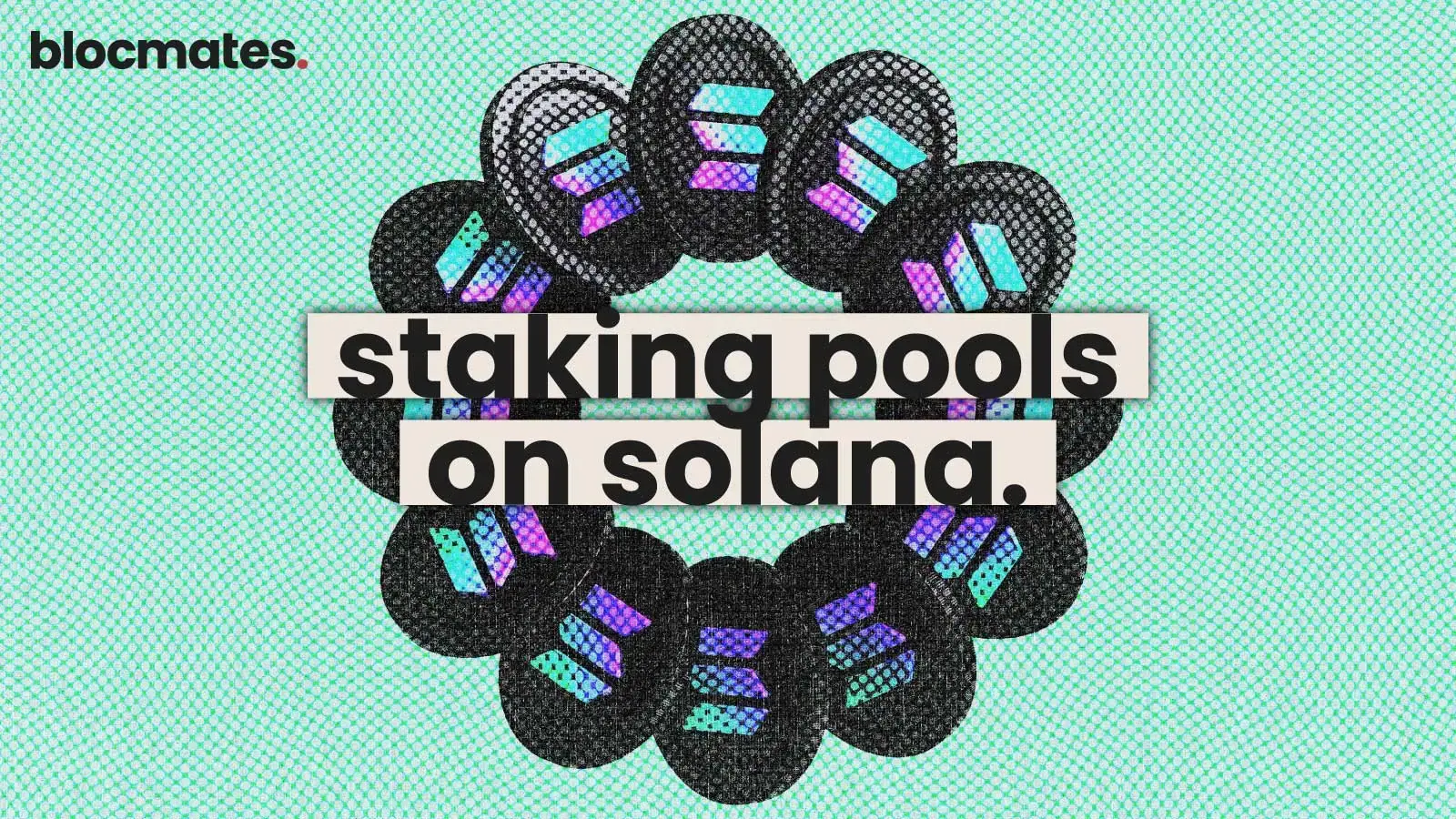




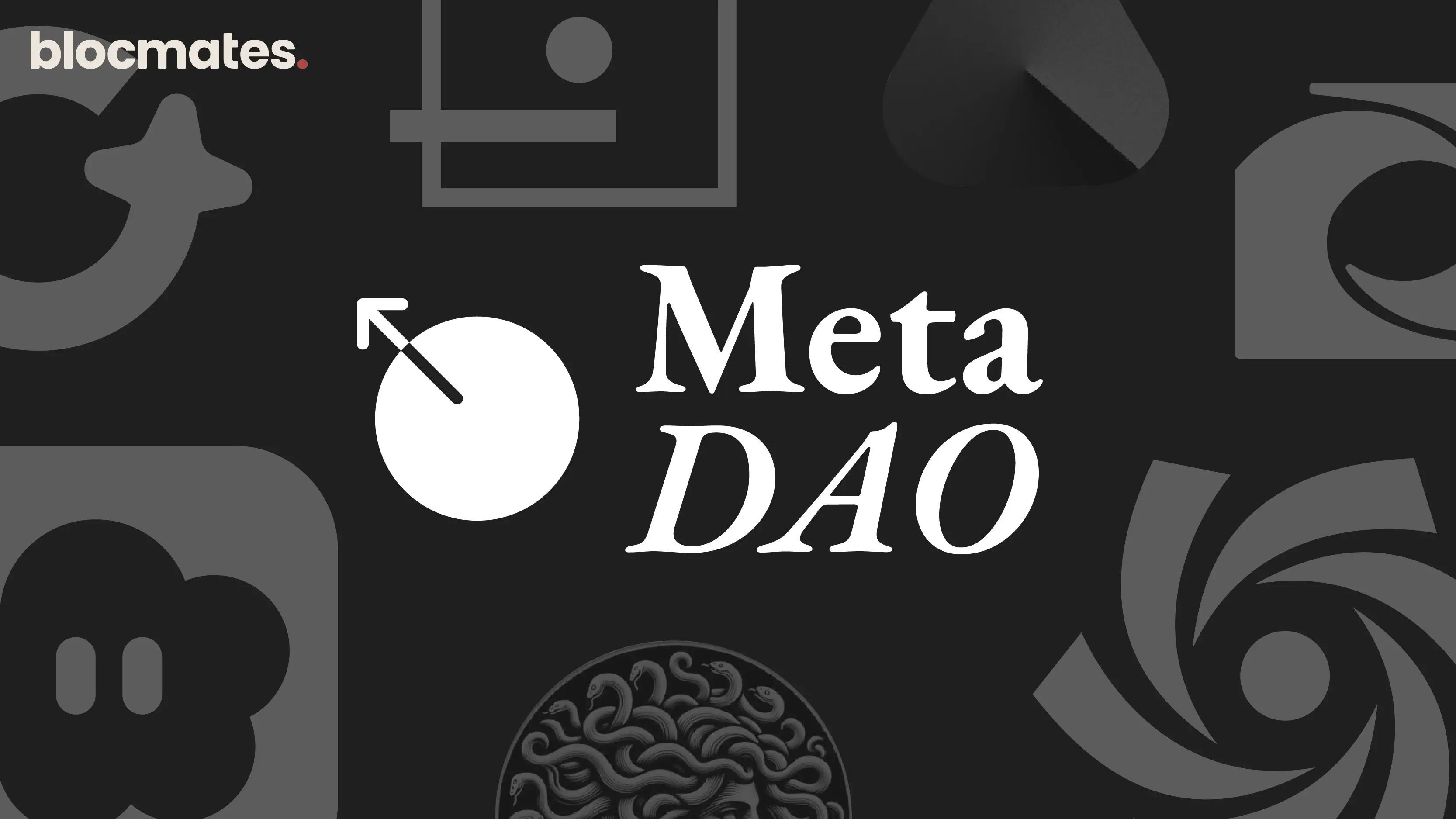
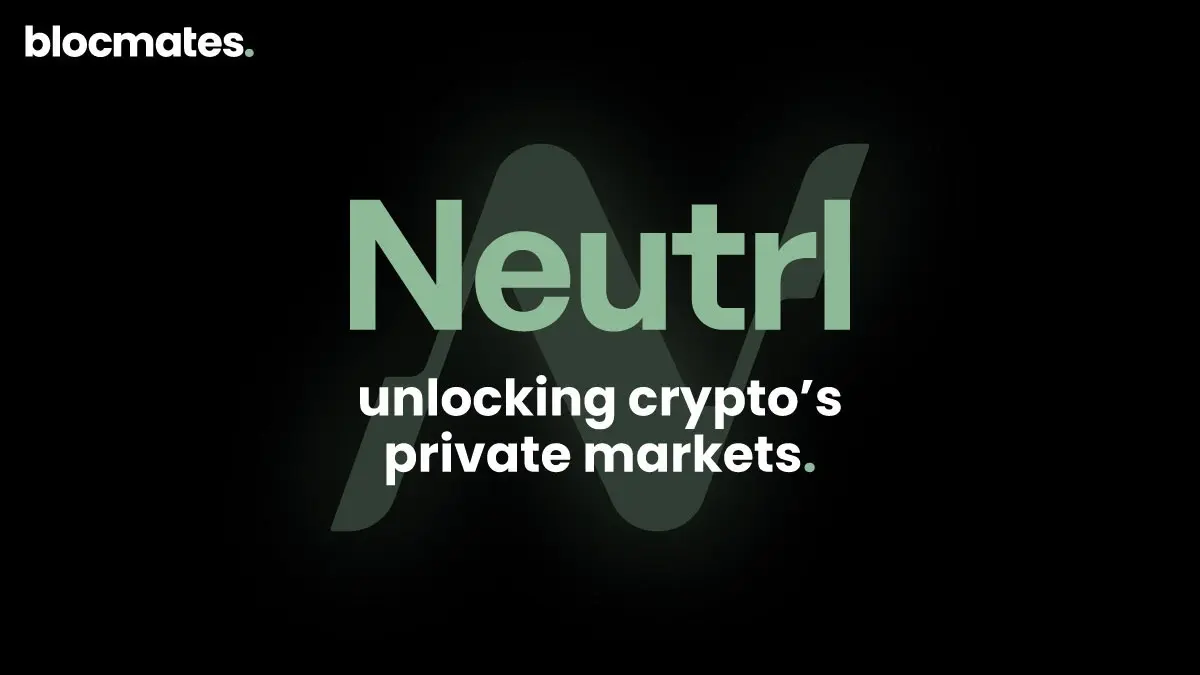


.webp)

.webp)
.webp)
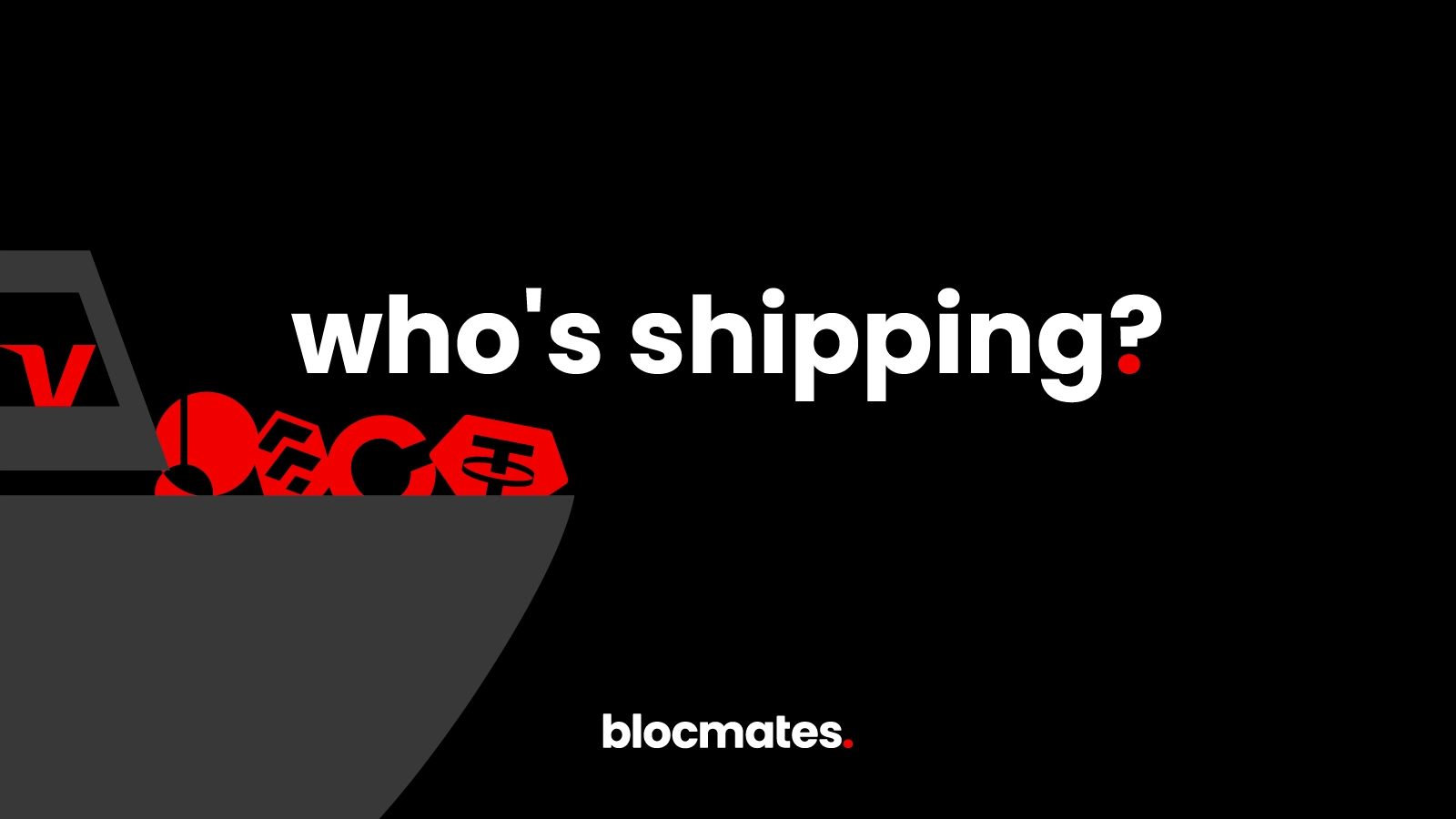
%20(1).webp)
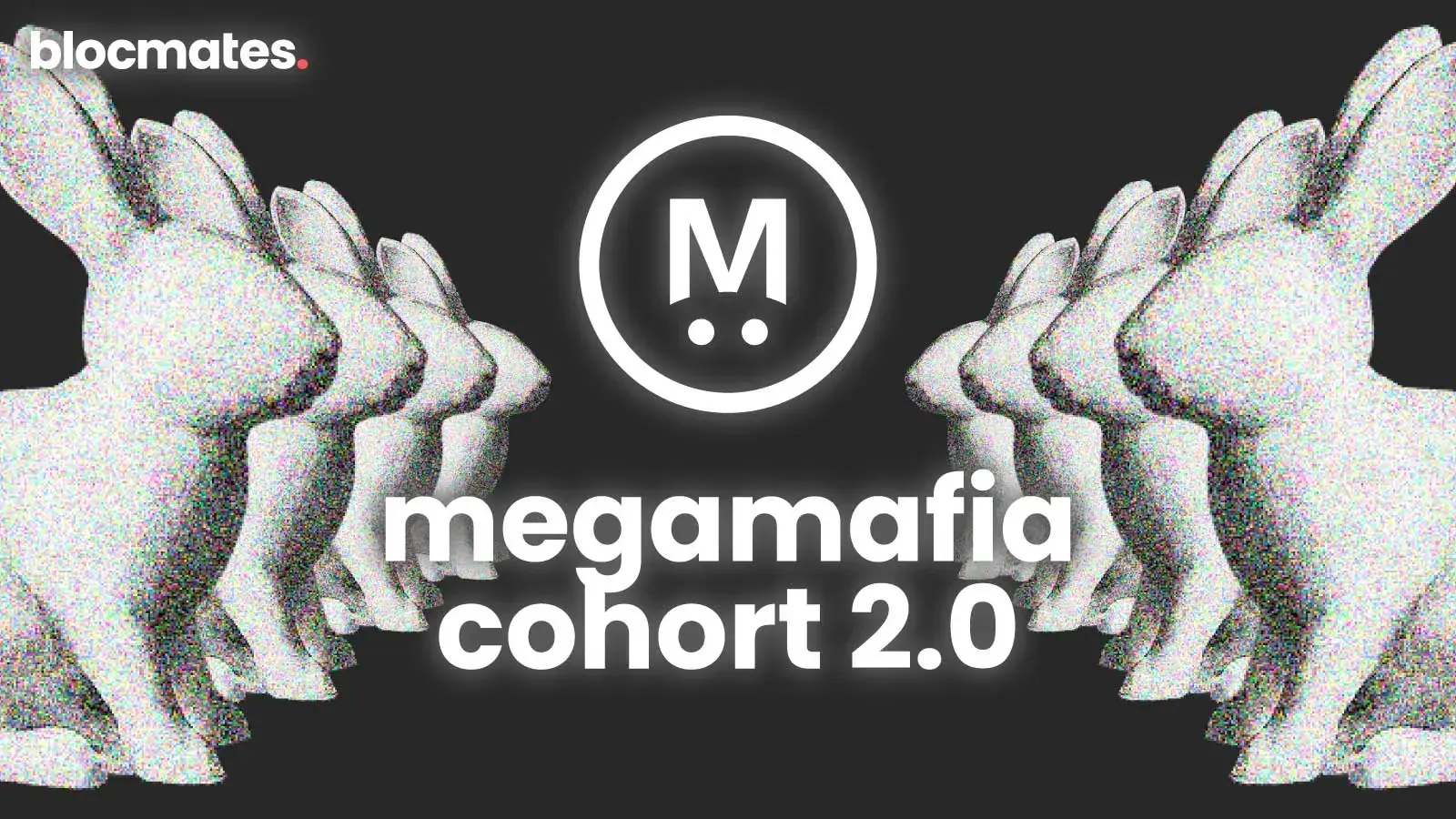
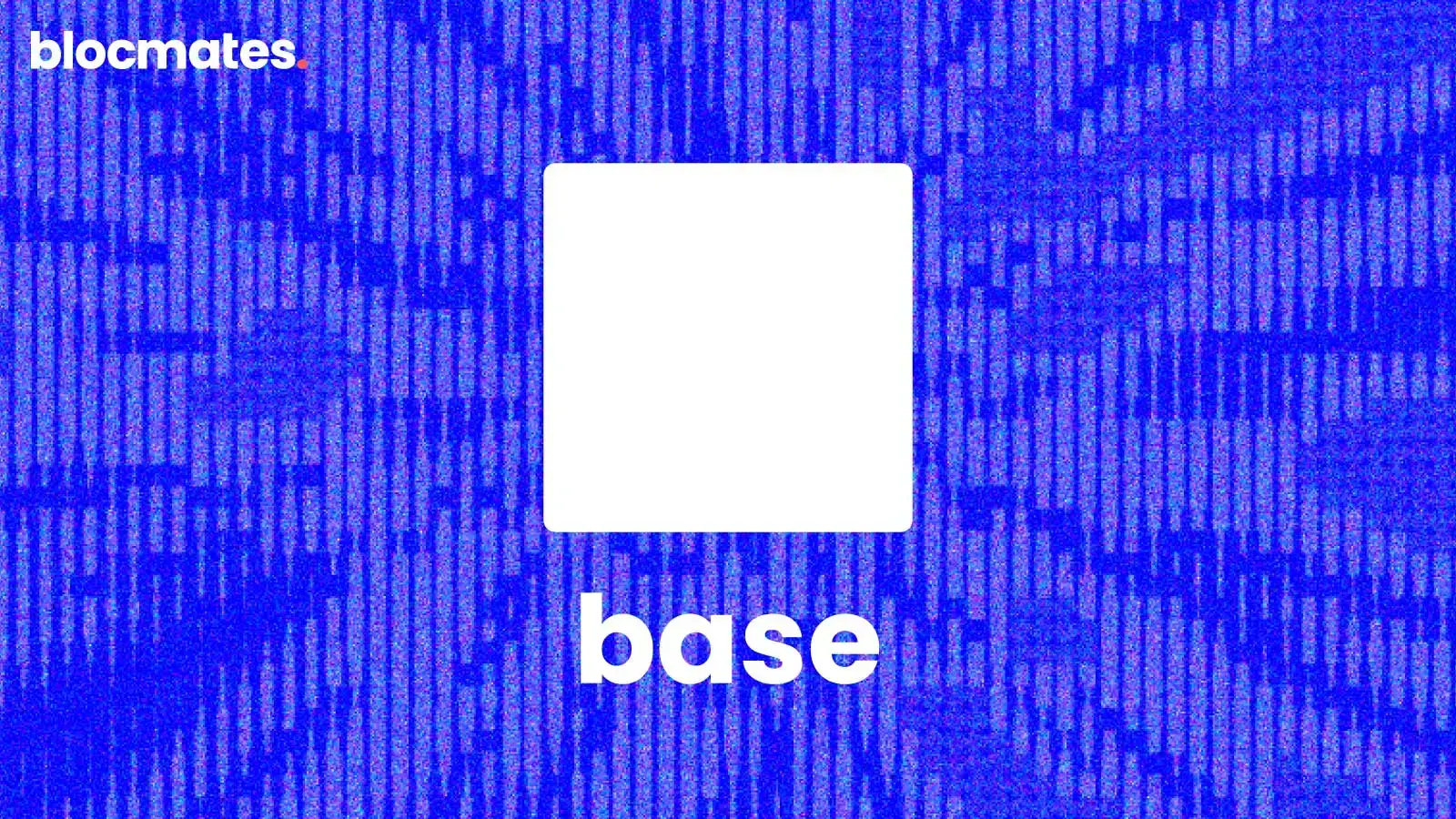
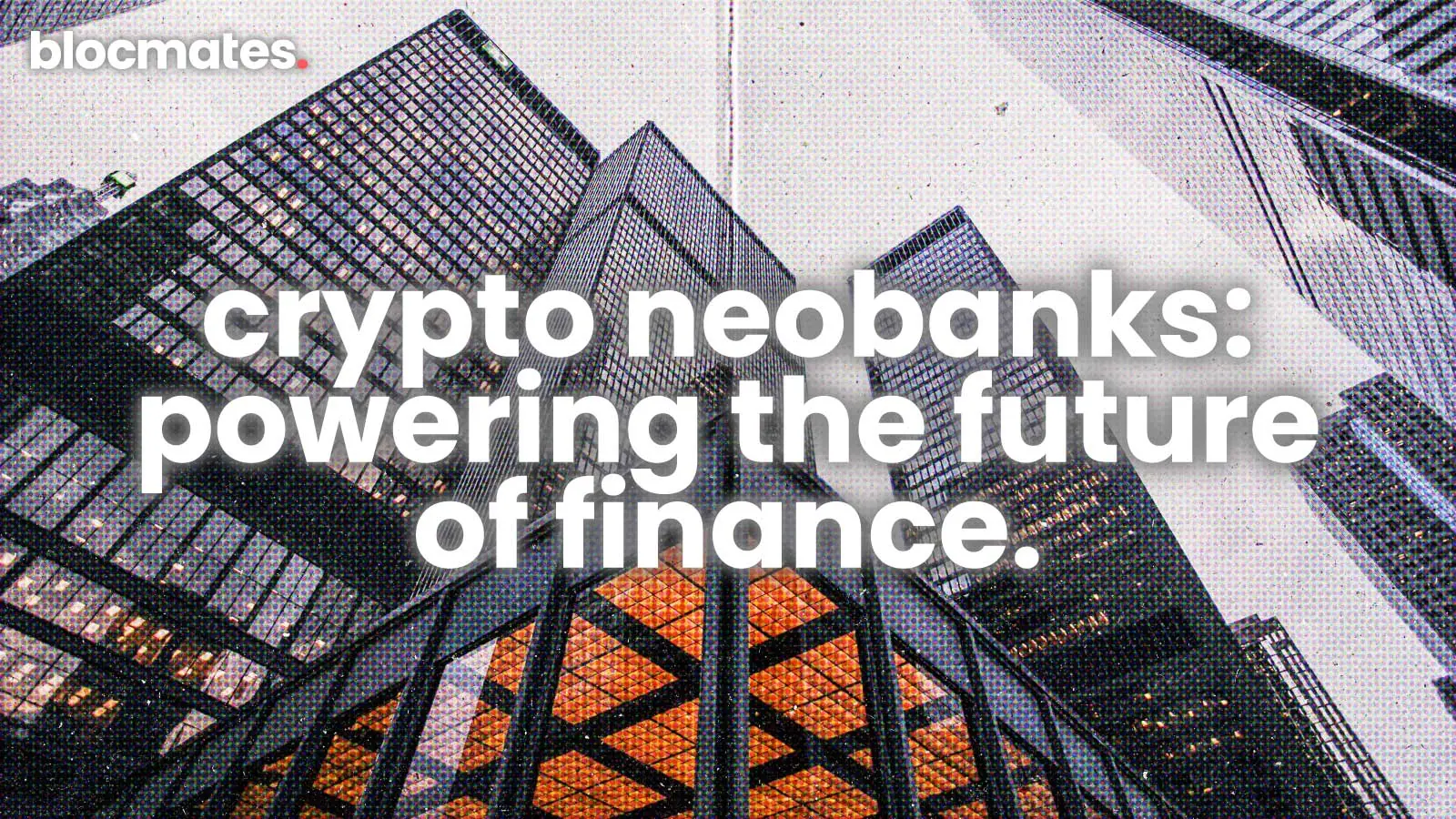


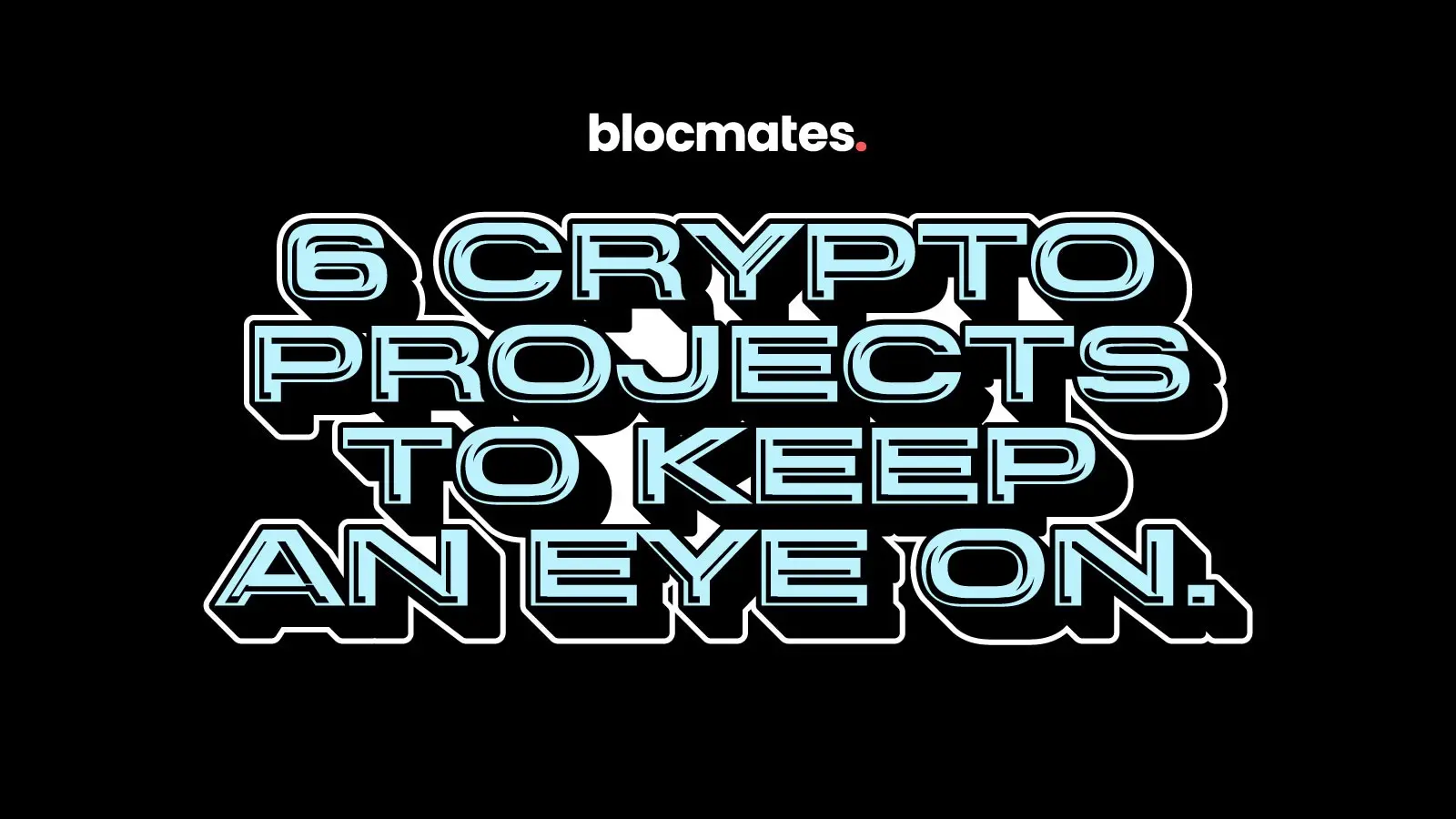
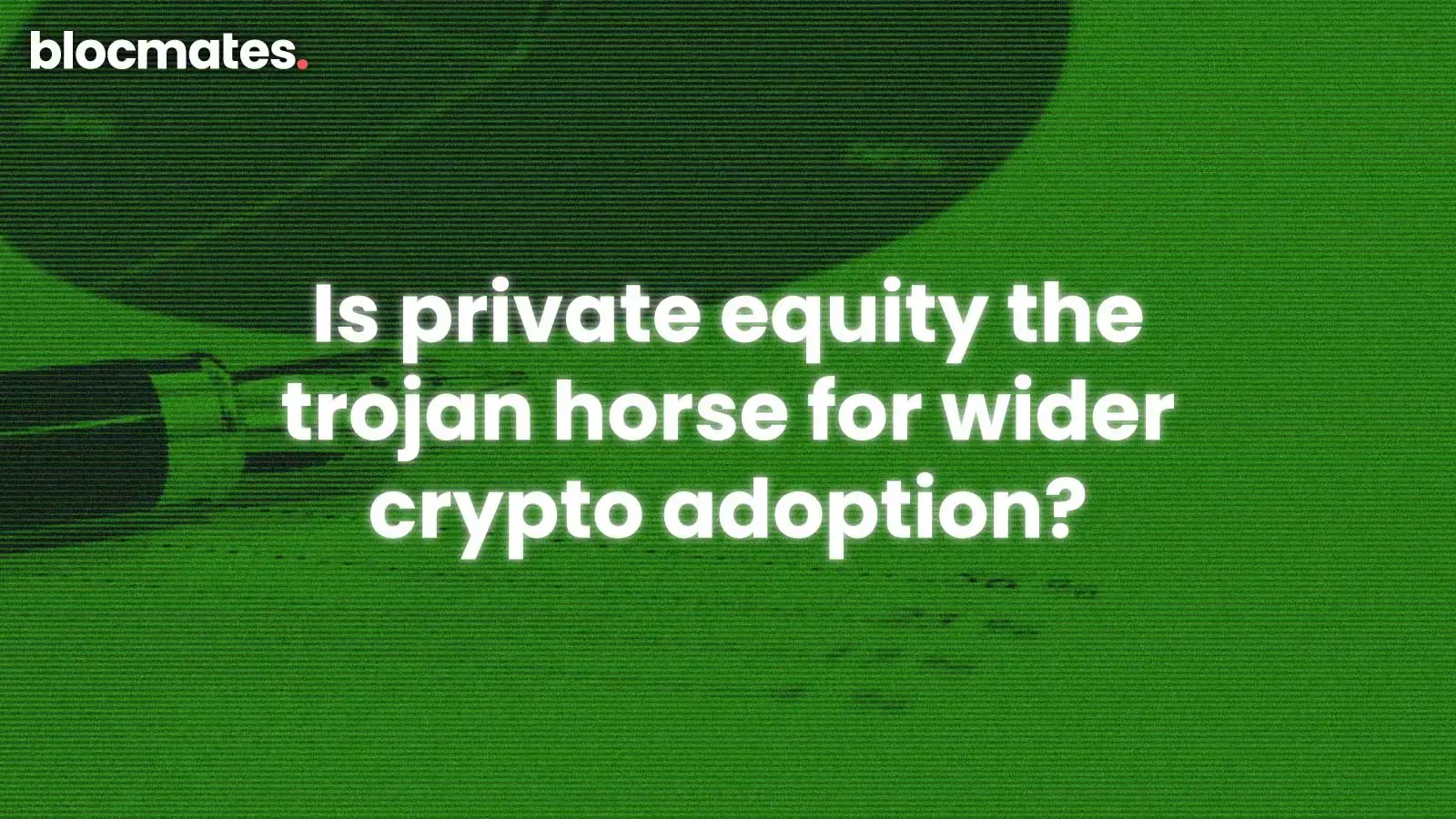
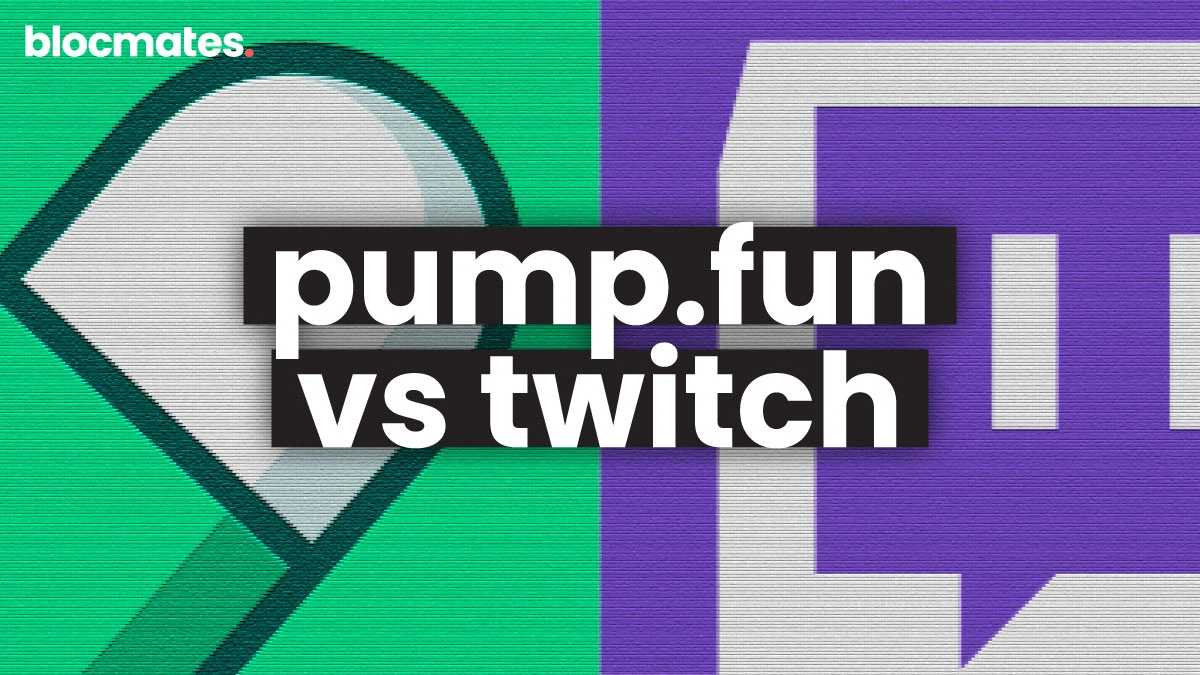

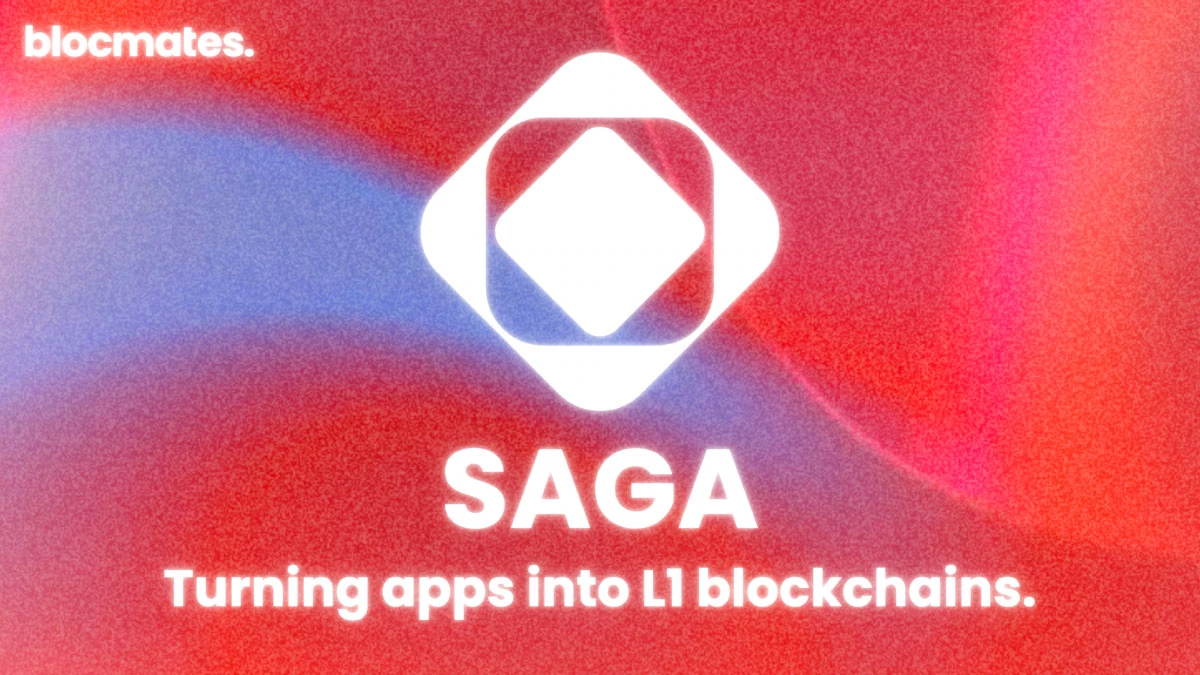

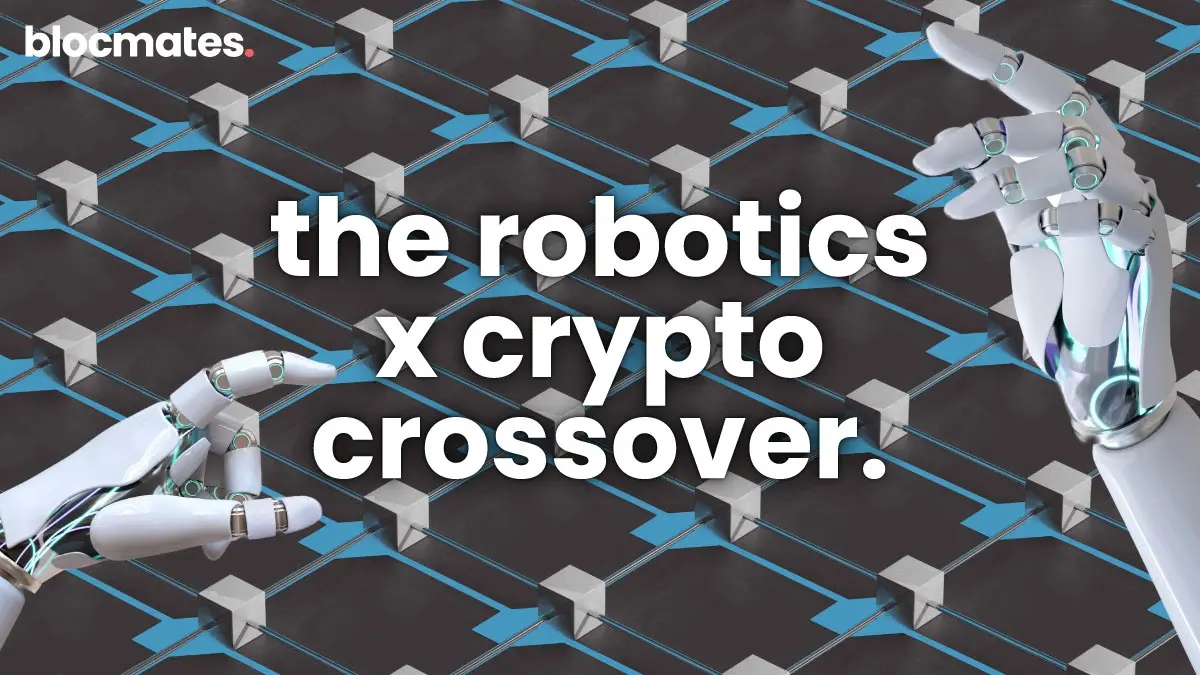
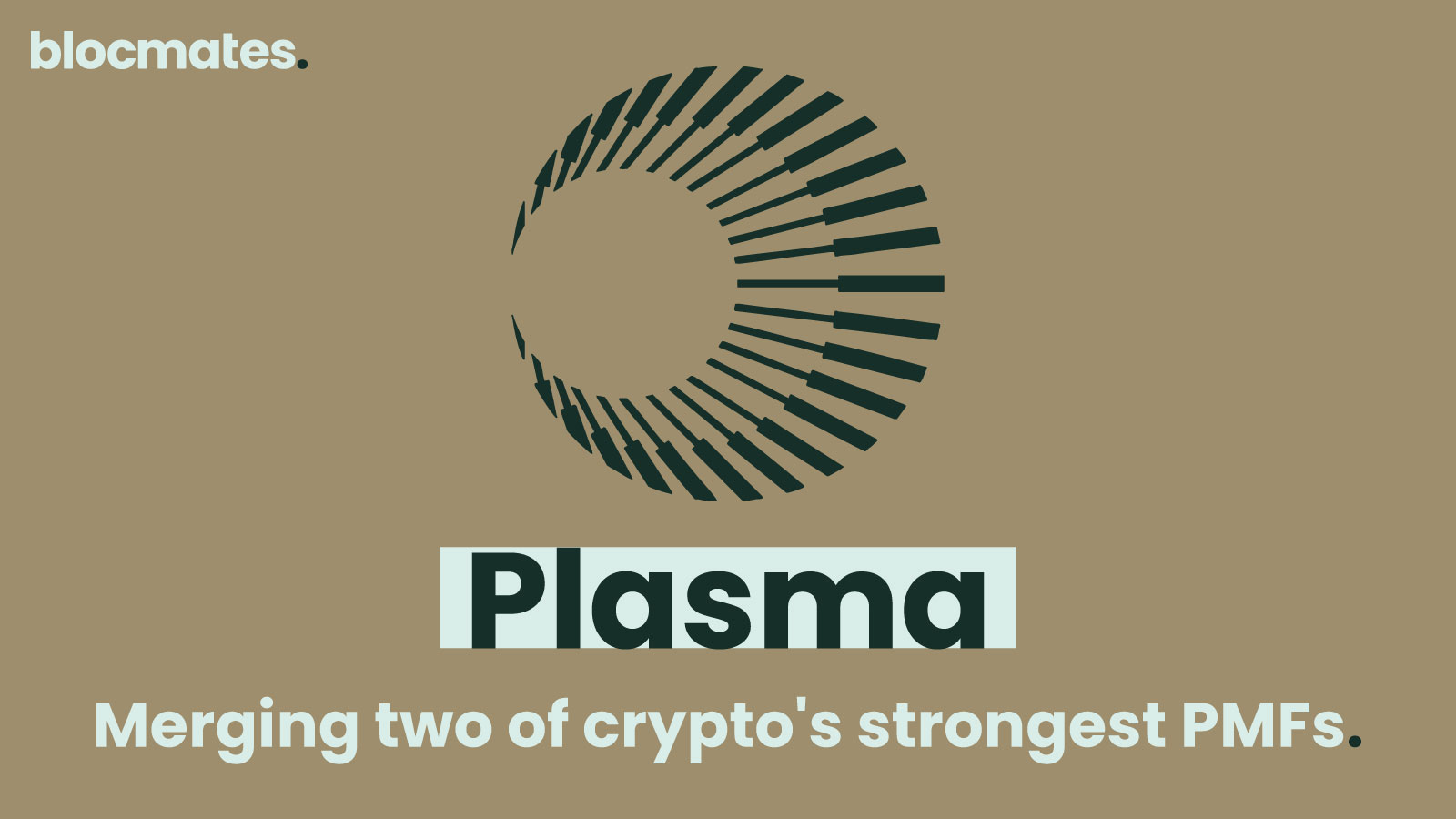

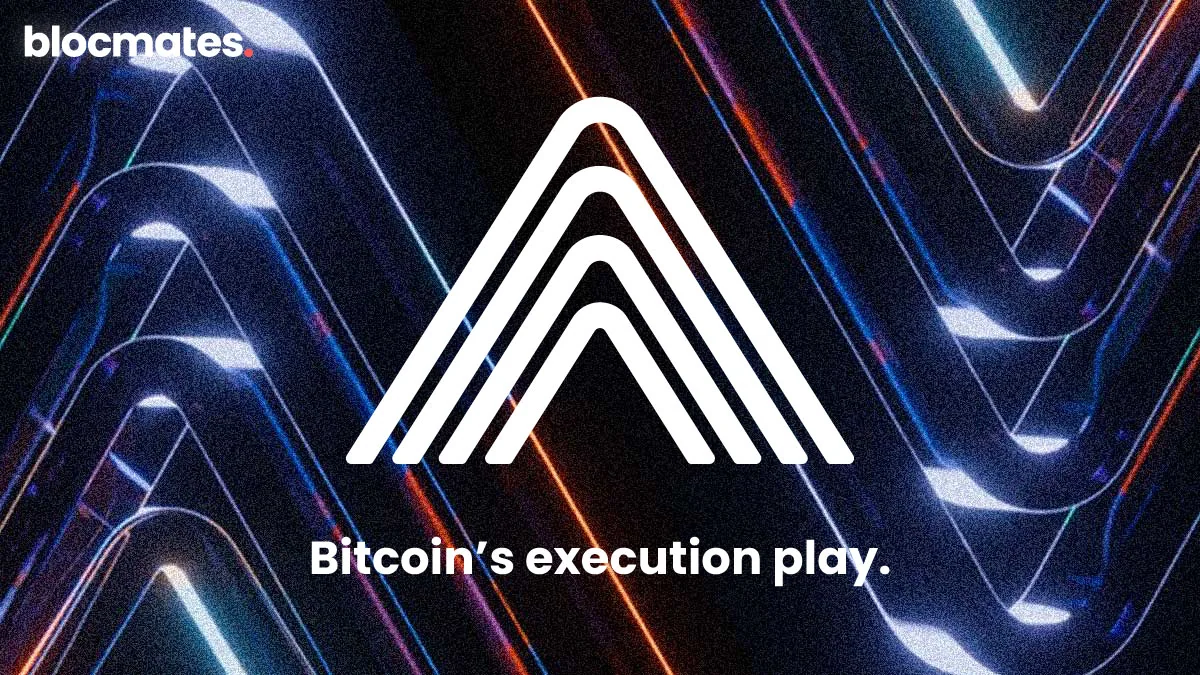
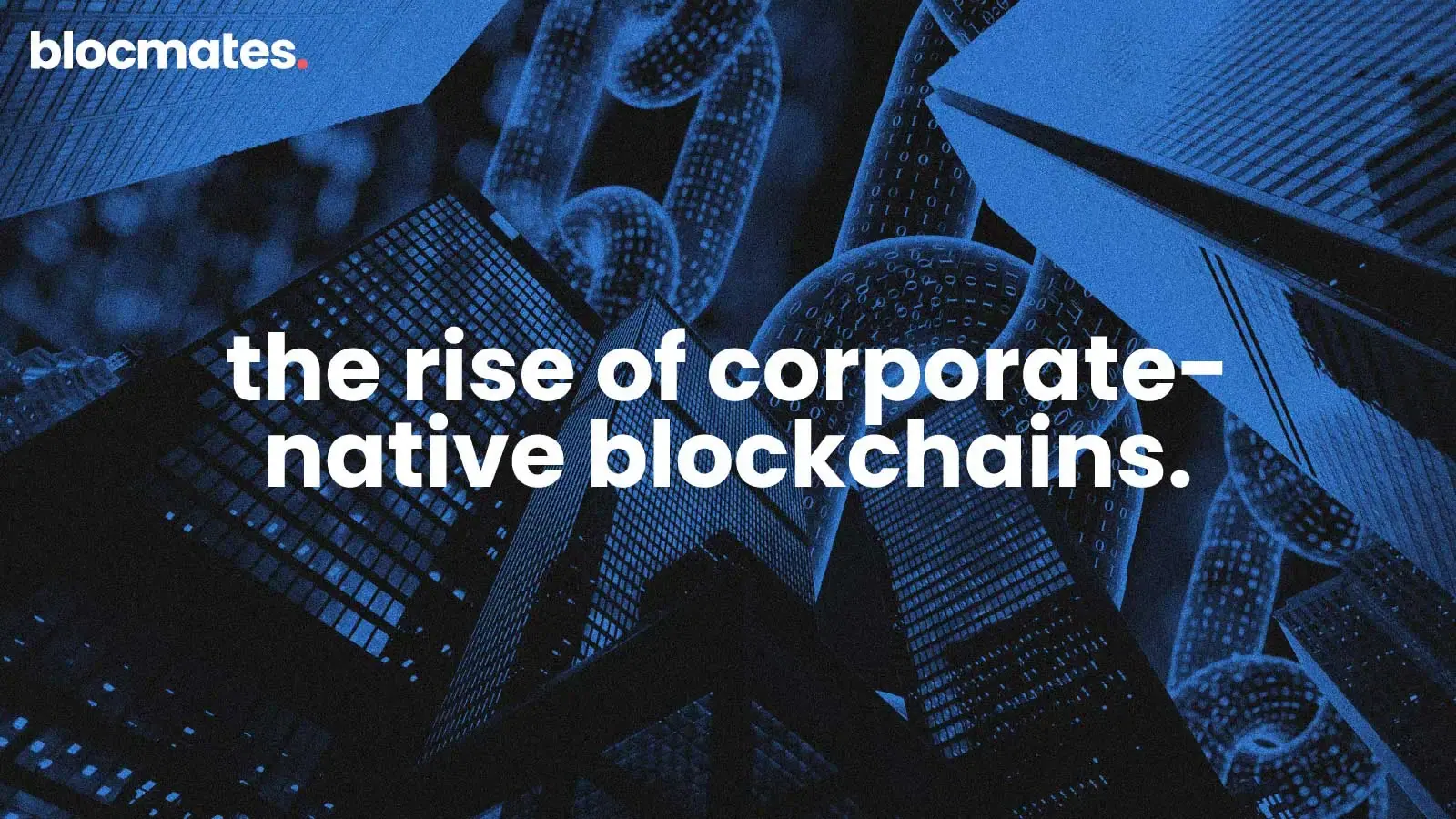
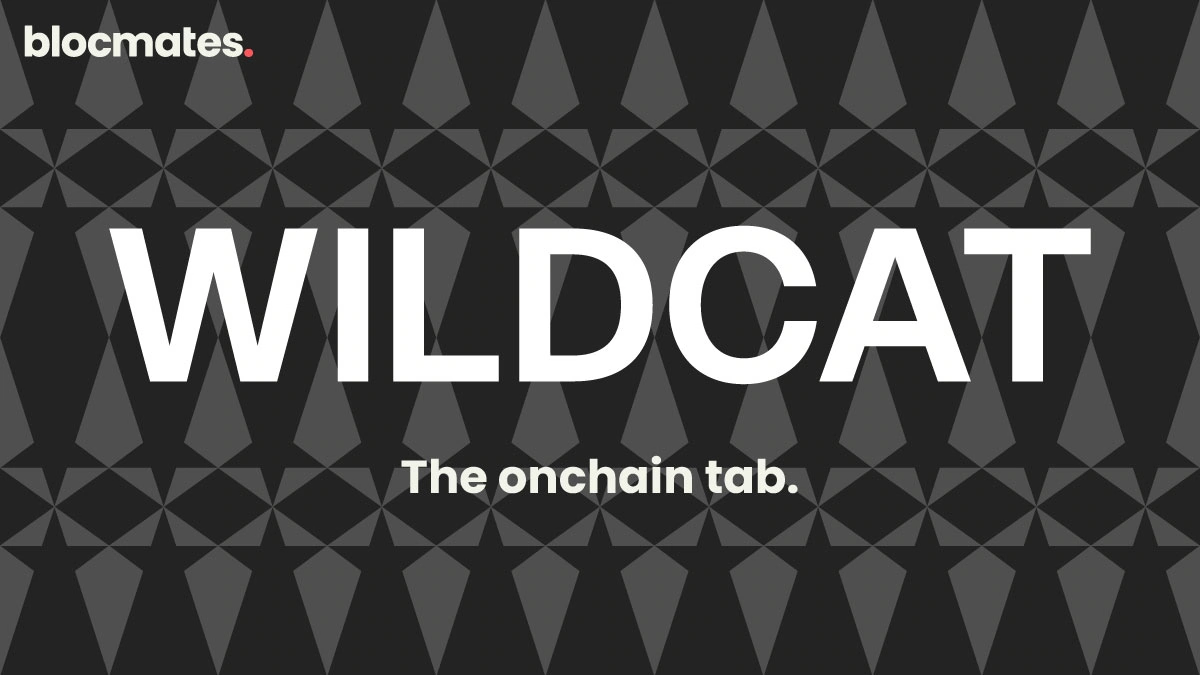
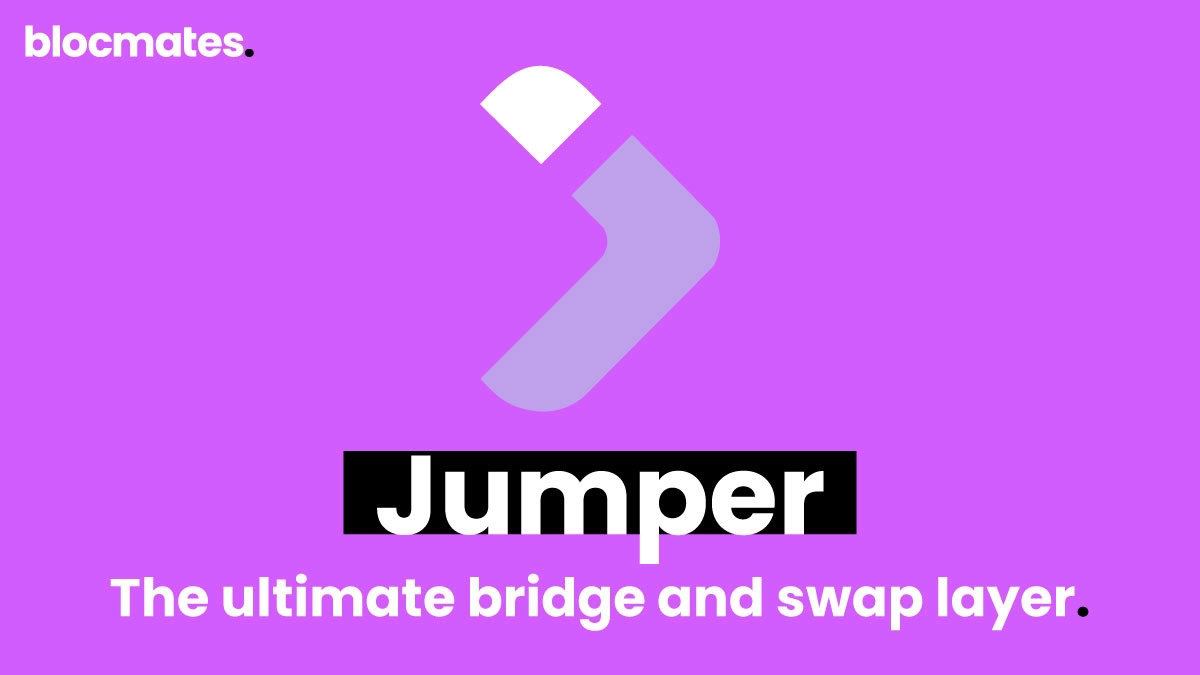
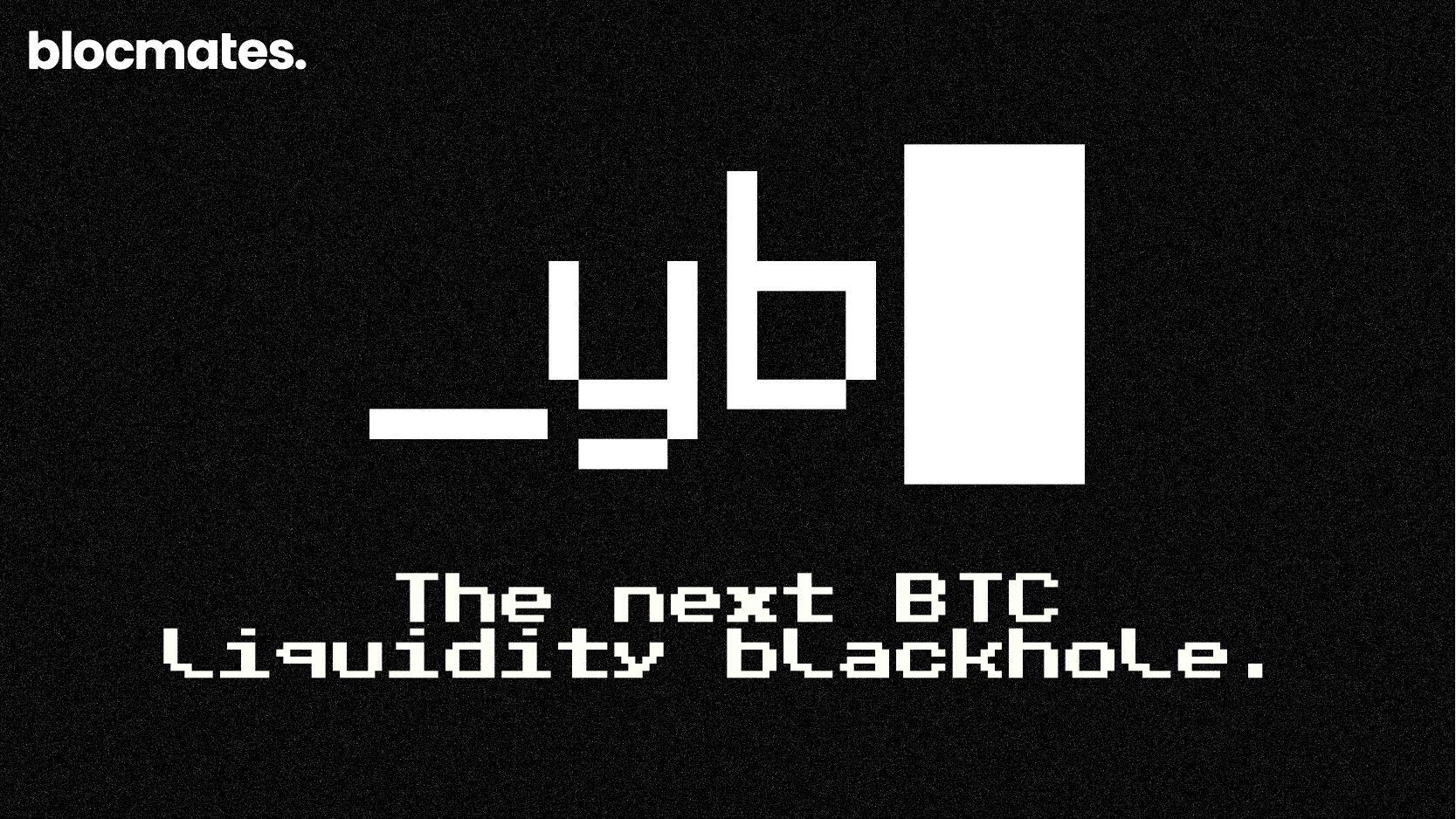
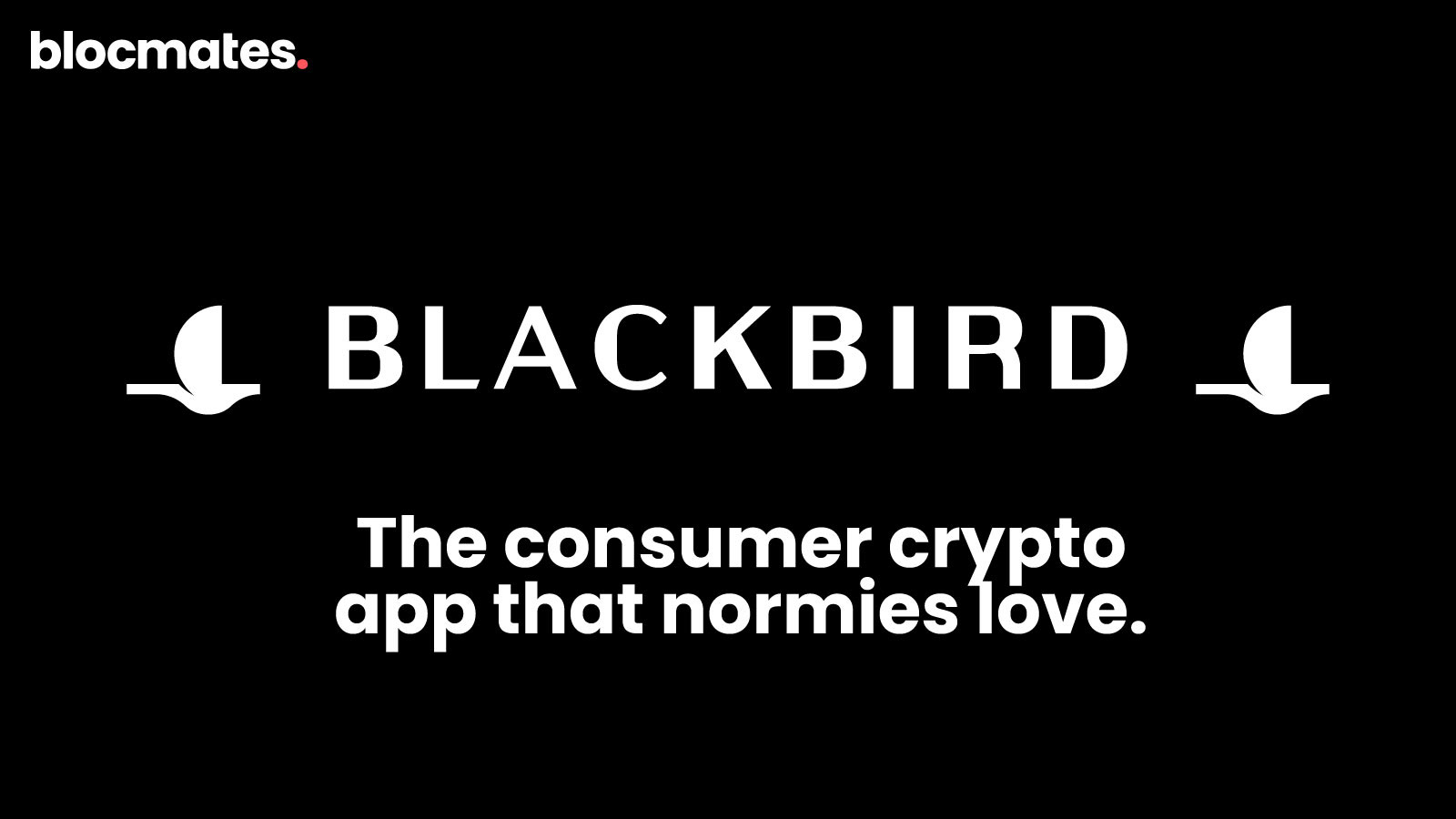
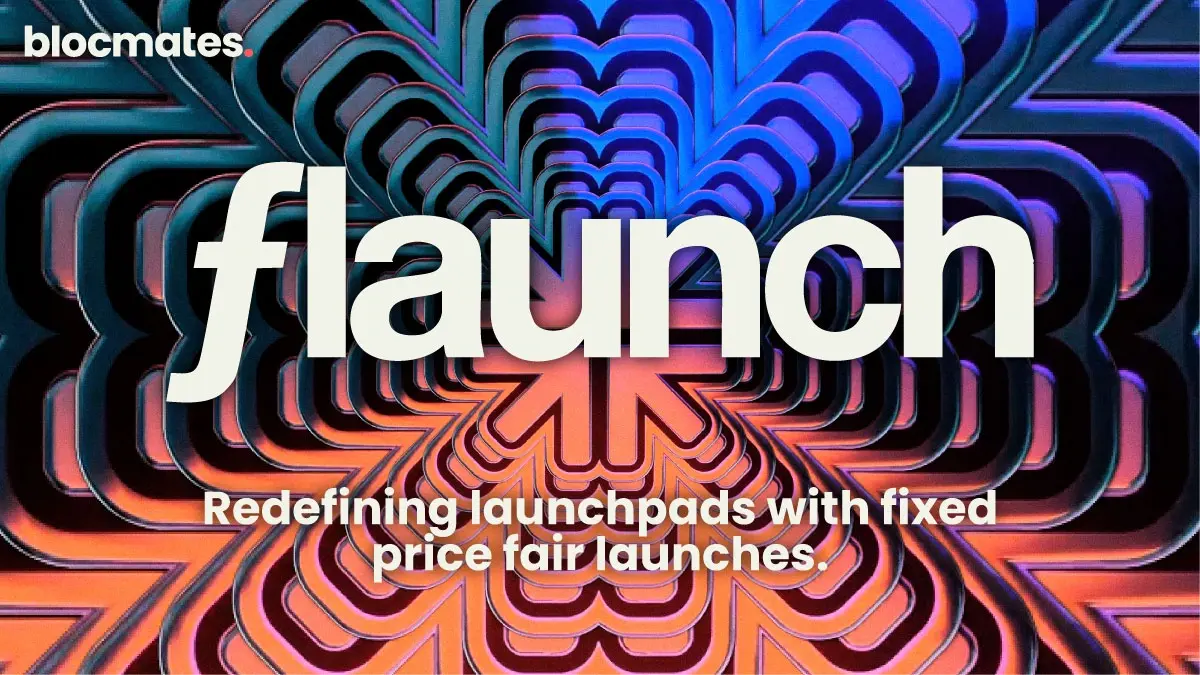

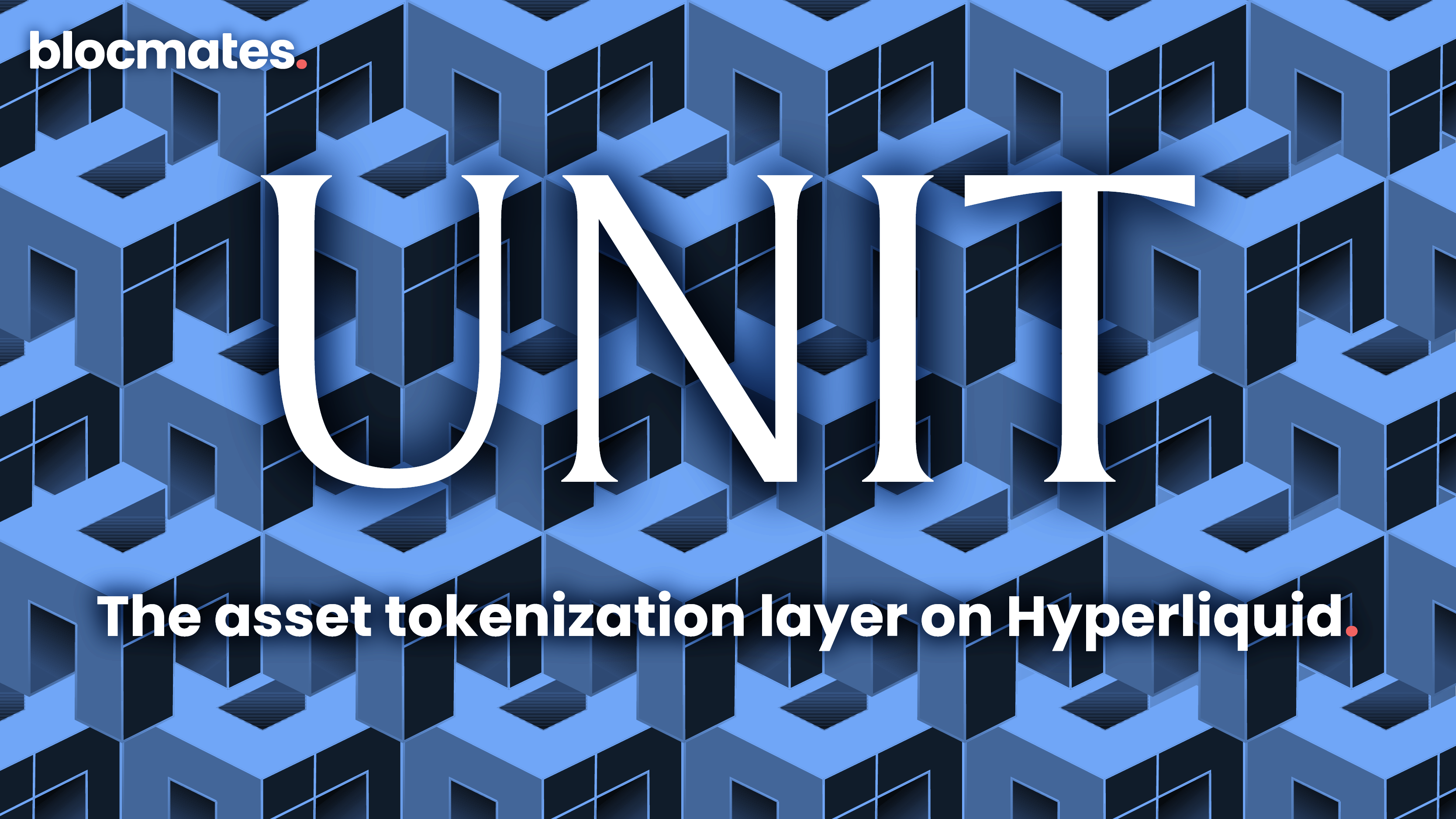



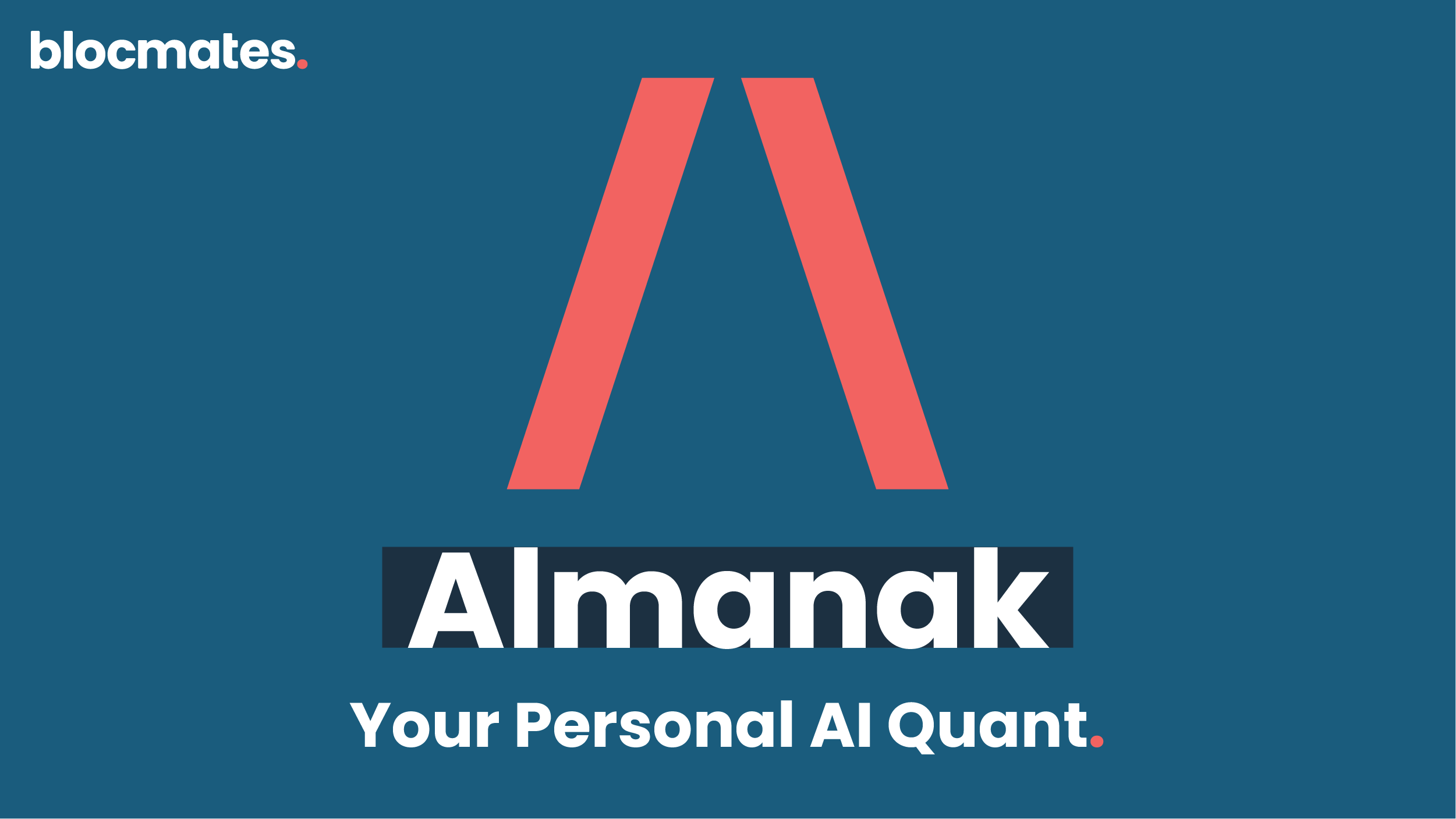
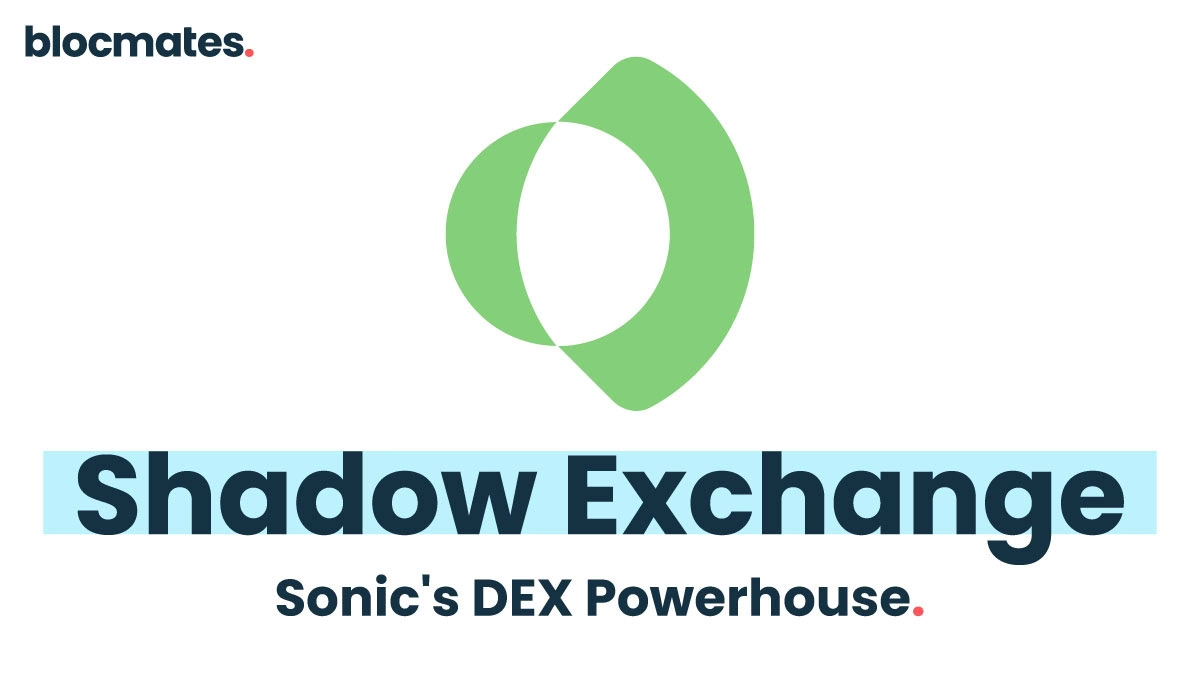


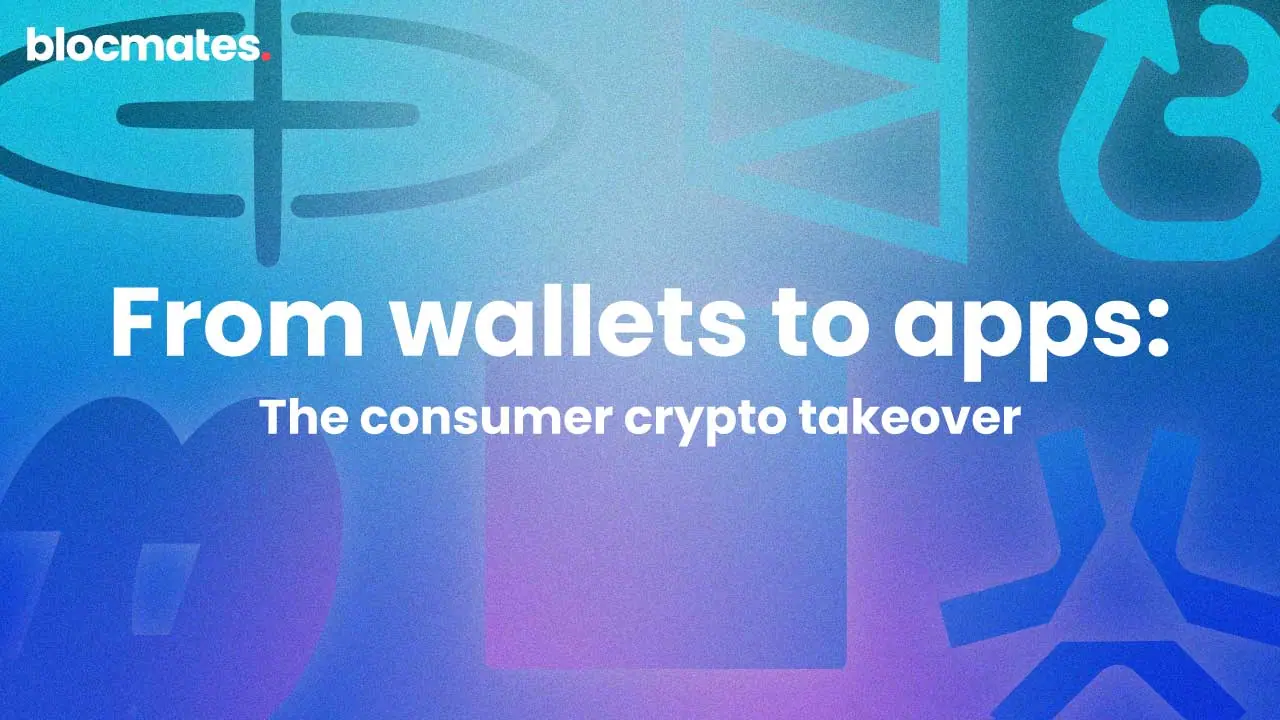

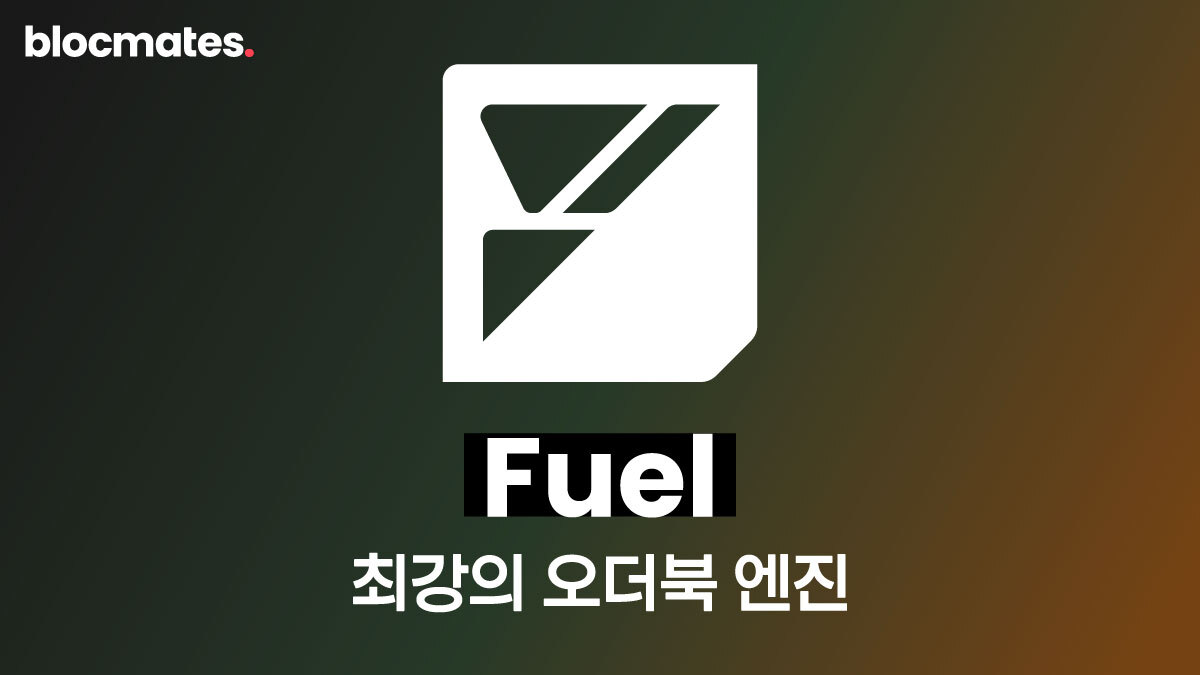
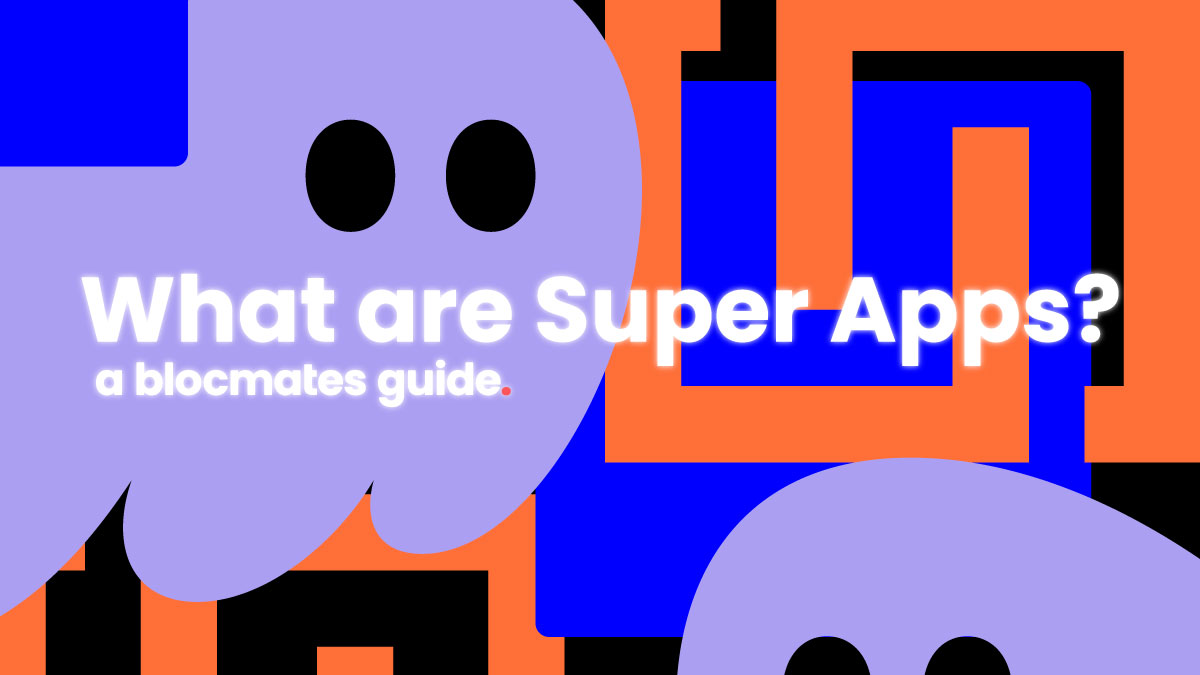
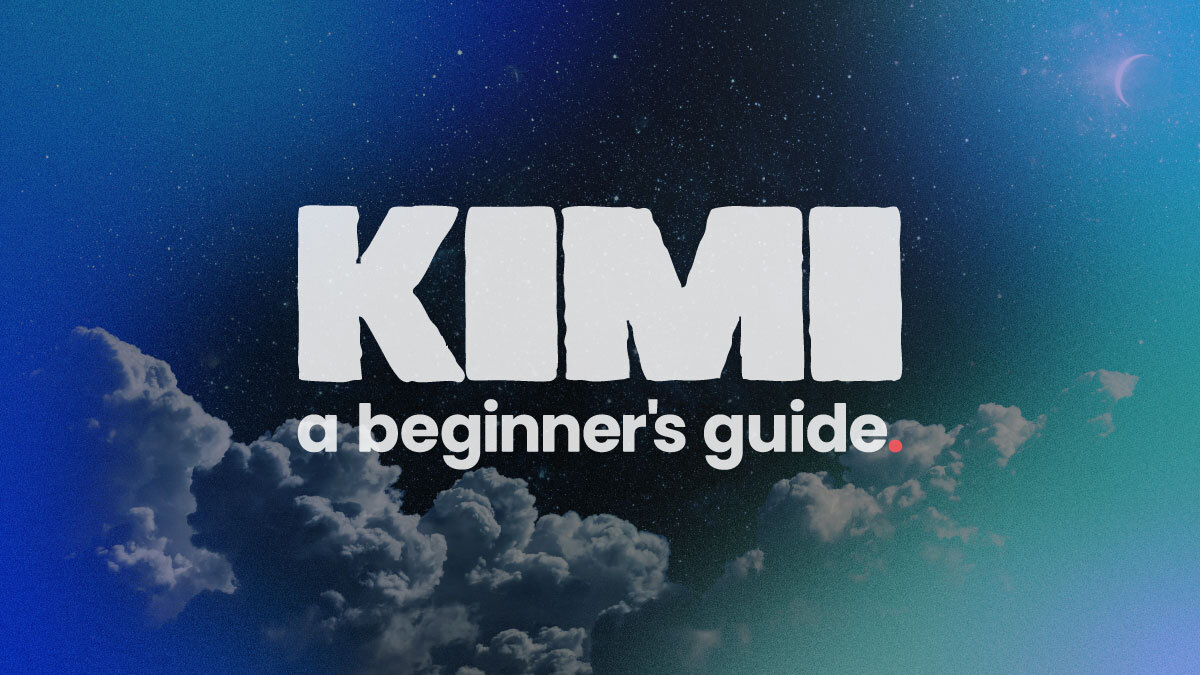
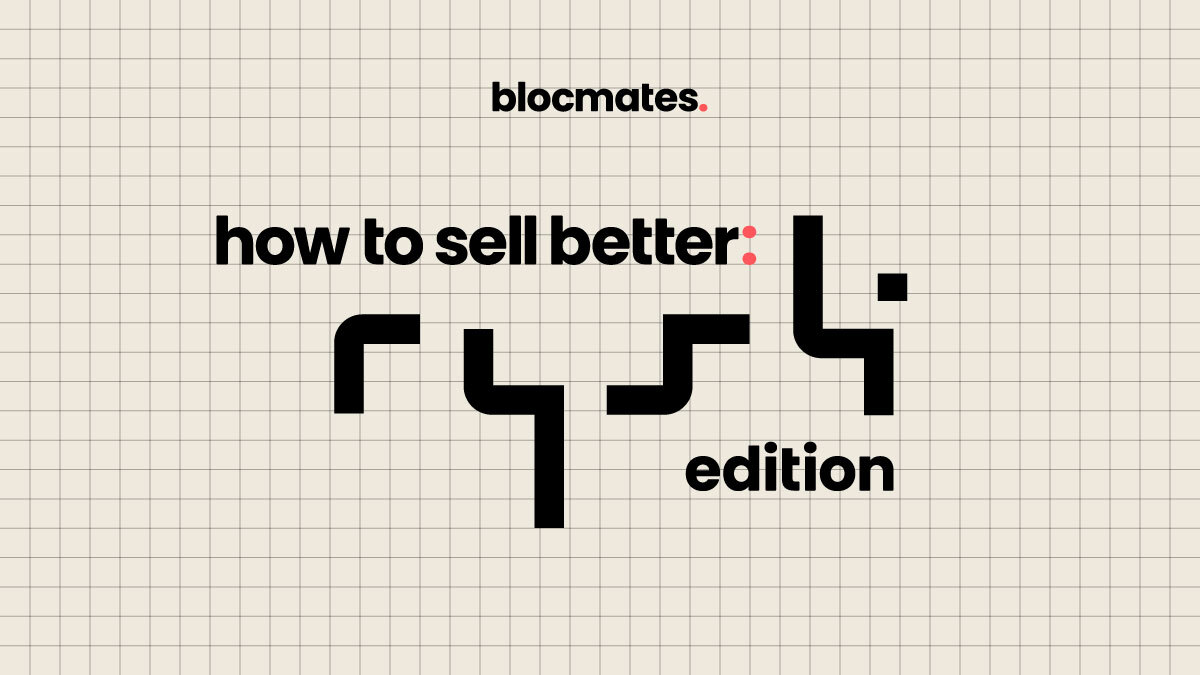
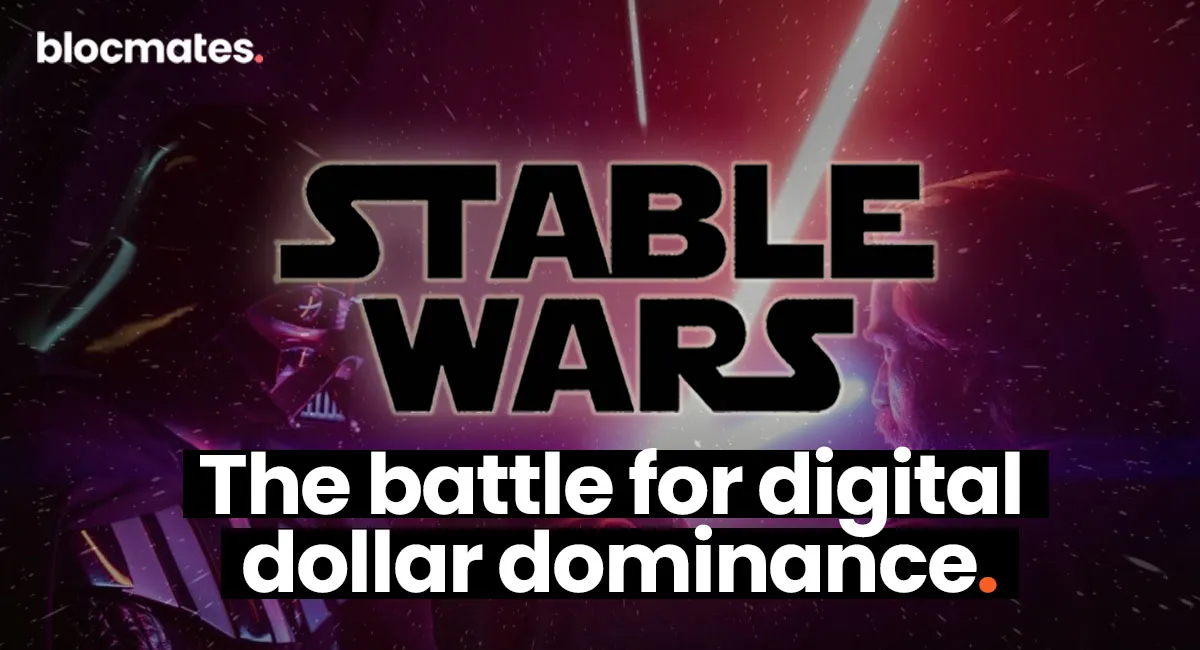

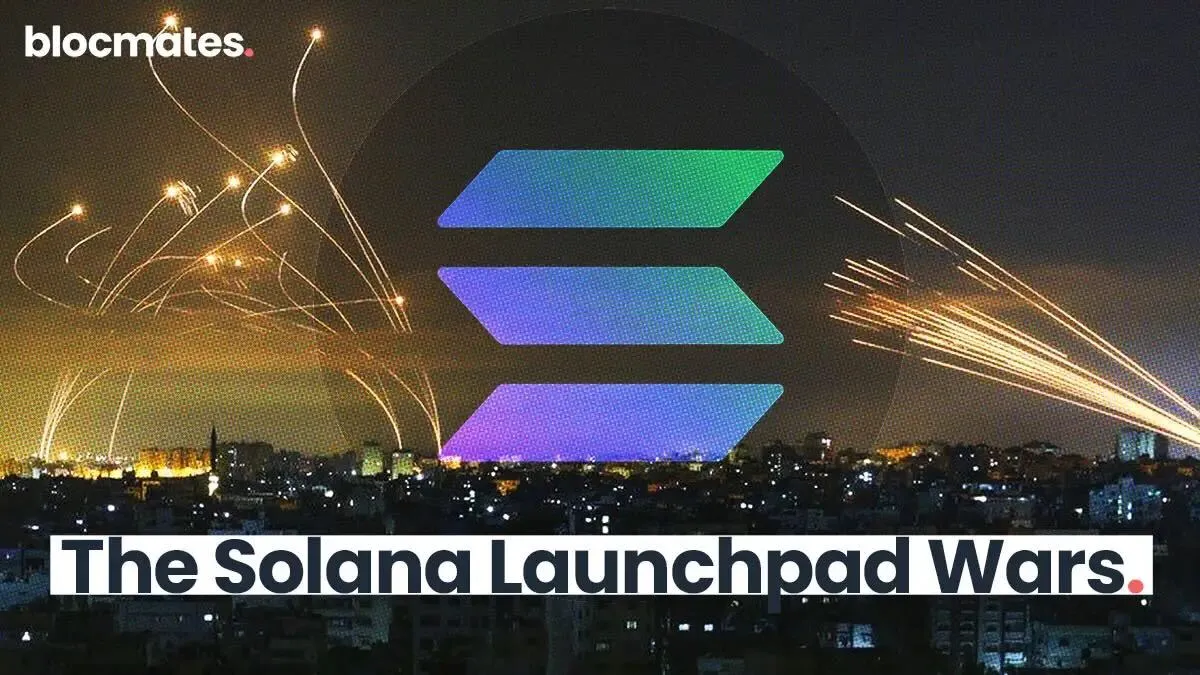




















%202.webp)


.webp)

.webp)
.webp)
.webp)



.webp)

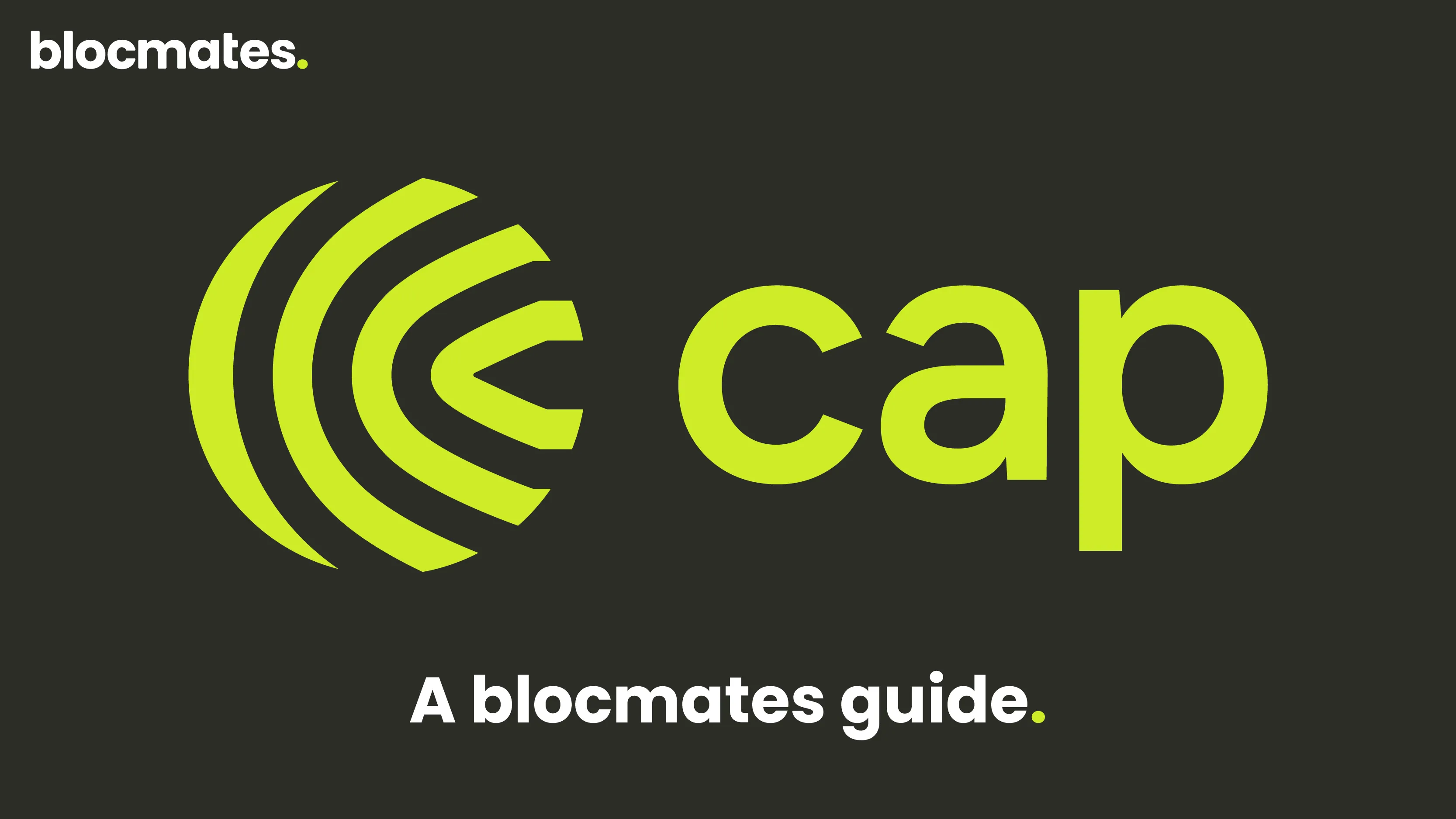










%20the%20Next%20Big%20Unlock%20in%20AI.webp)




.webp)
.webp)

.webp)
.webp)
.webp)


.webp)
.webp)










.webp)


.webp)









.webp)







.webp)
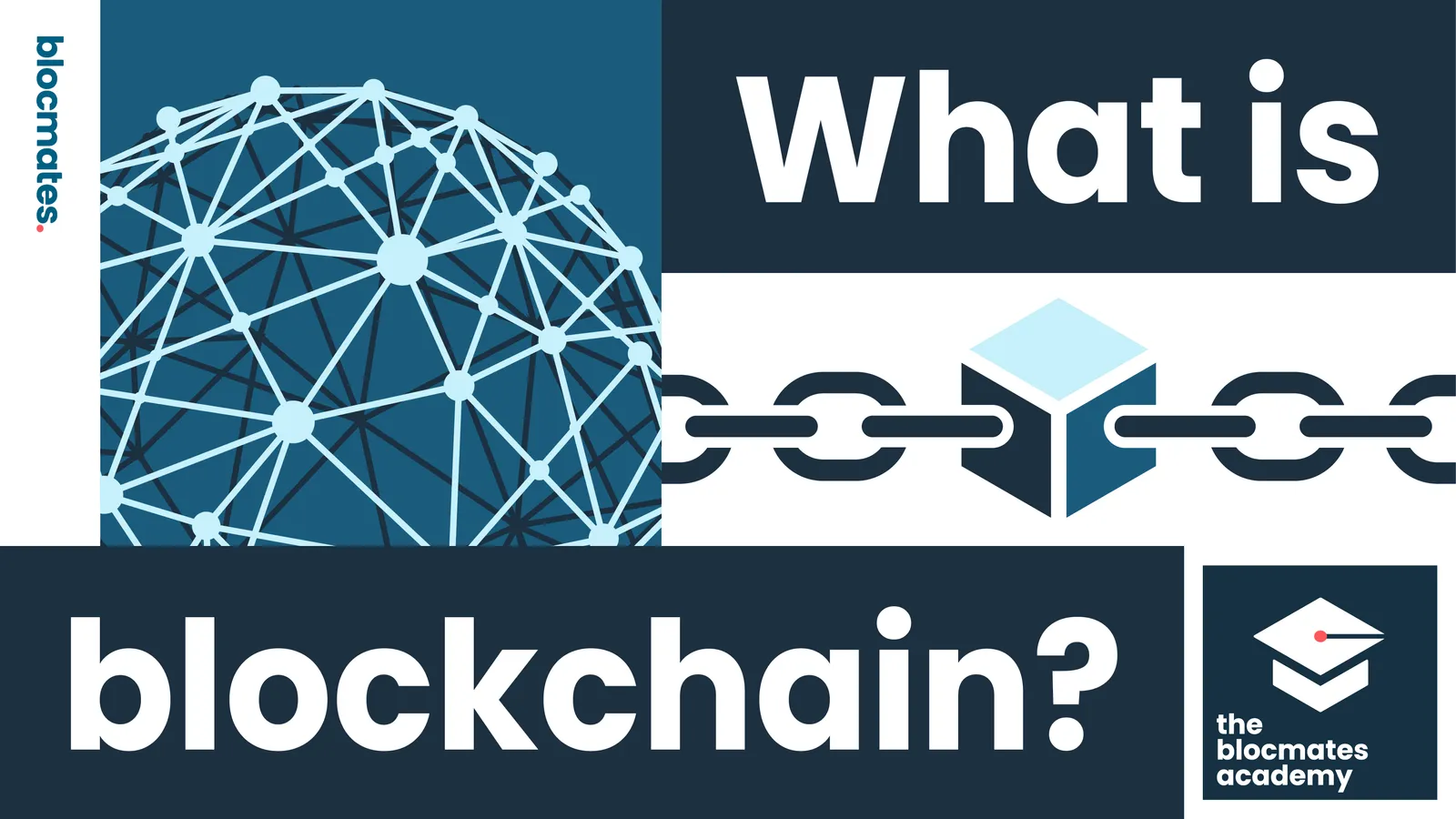



.webp)
















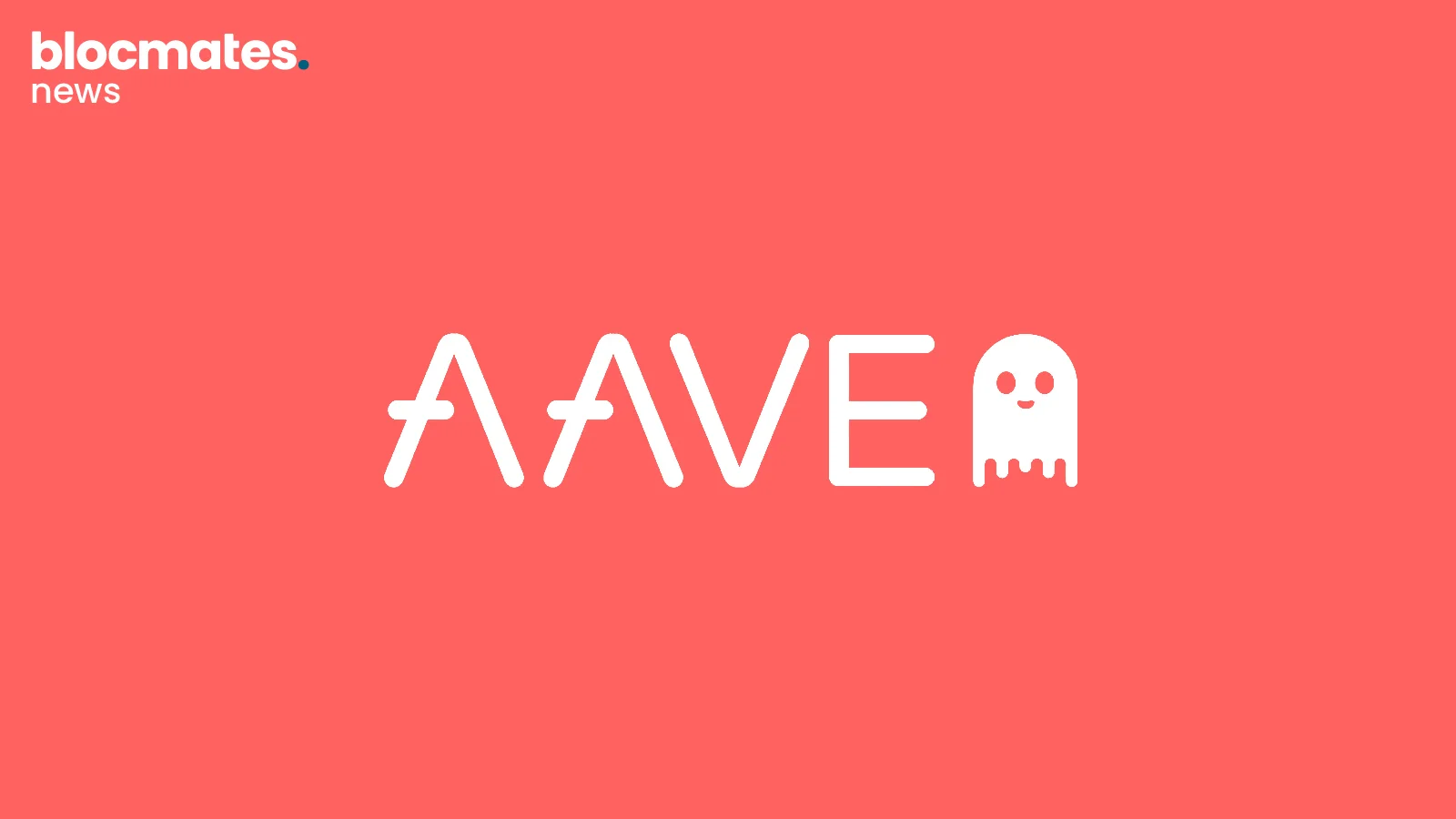
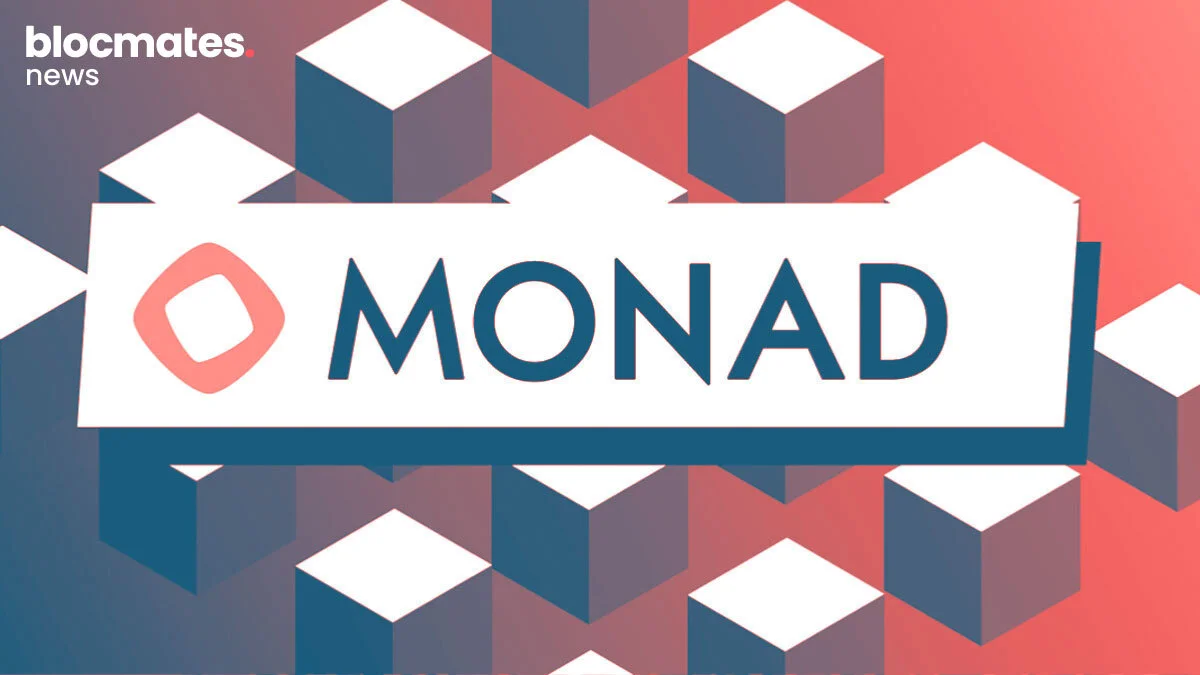


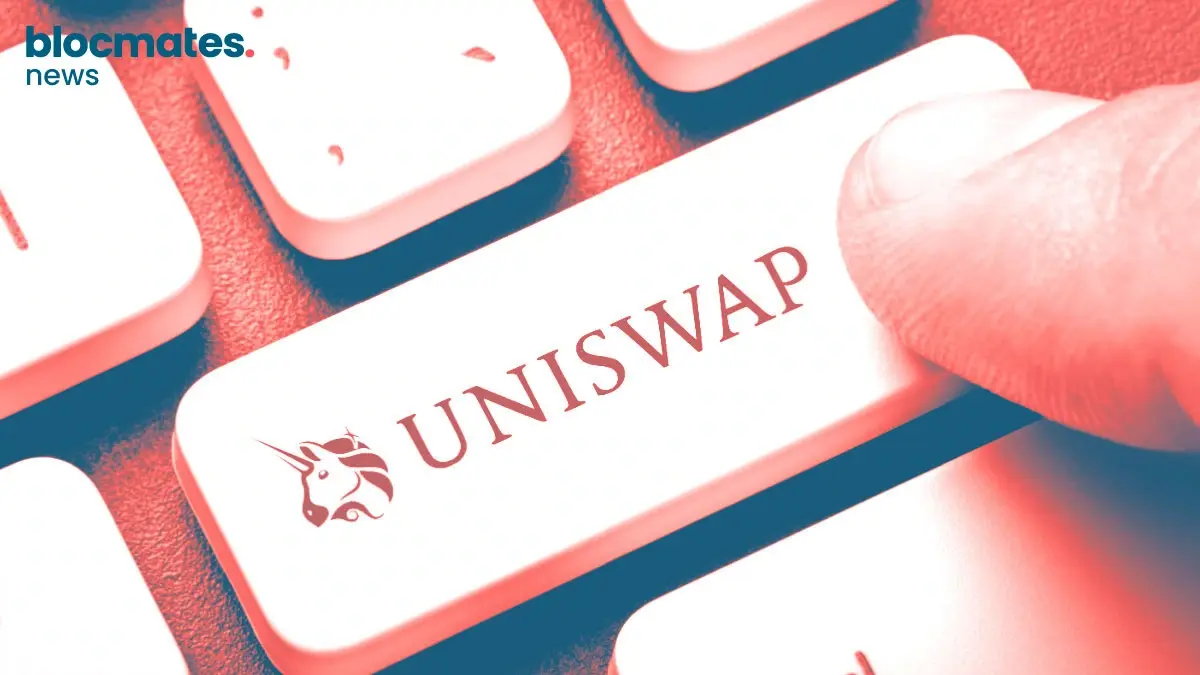


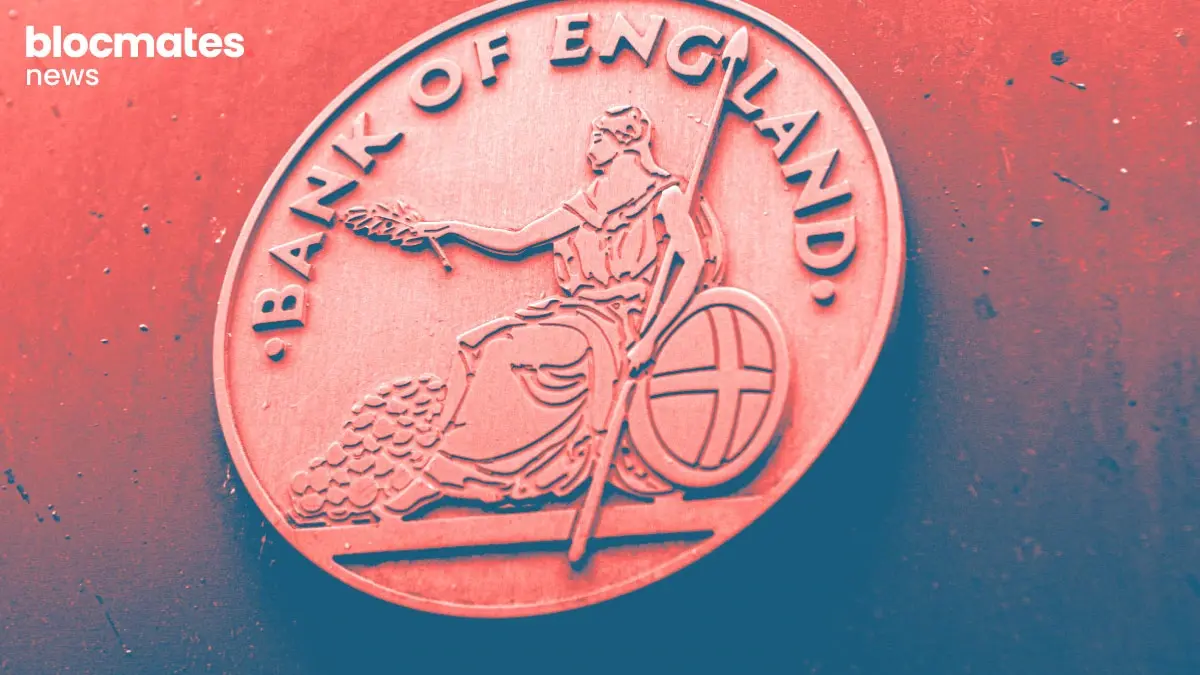


.webp)
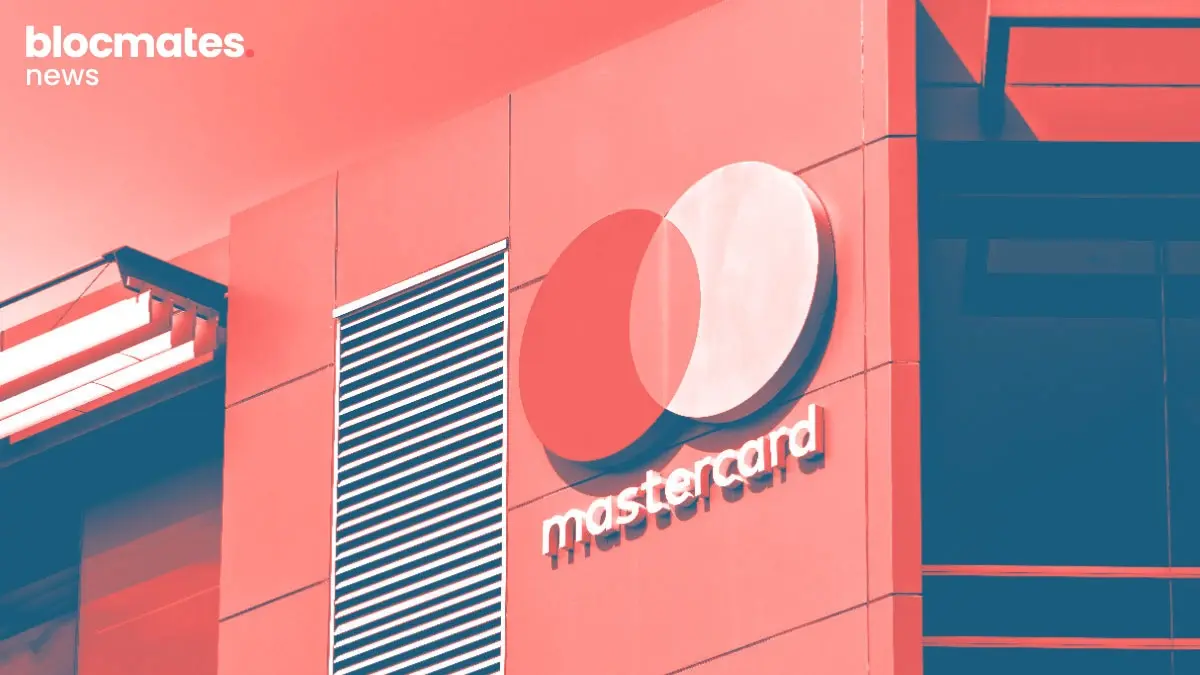






.webp)


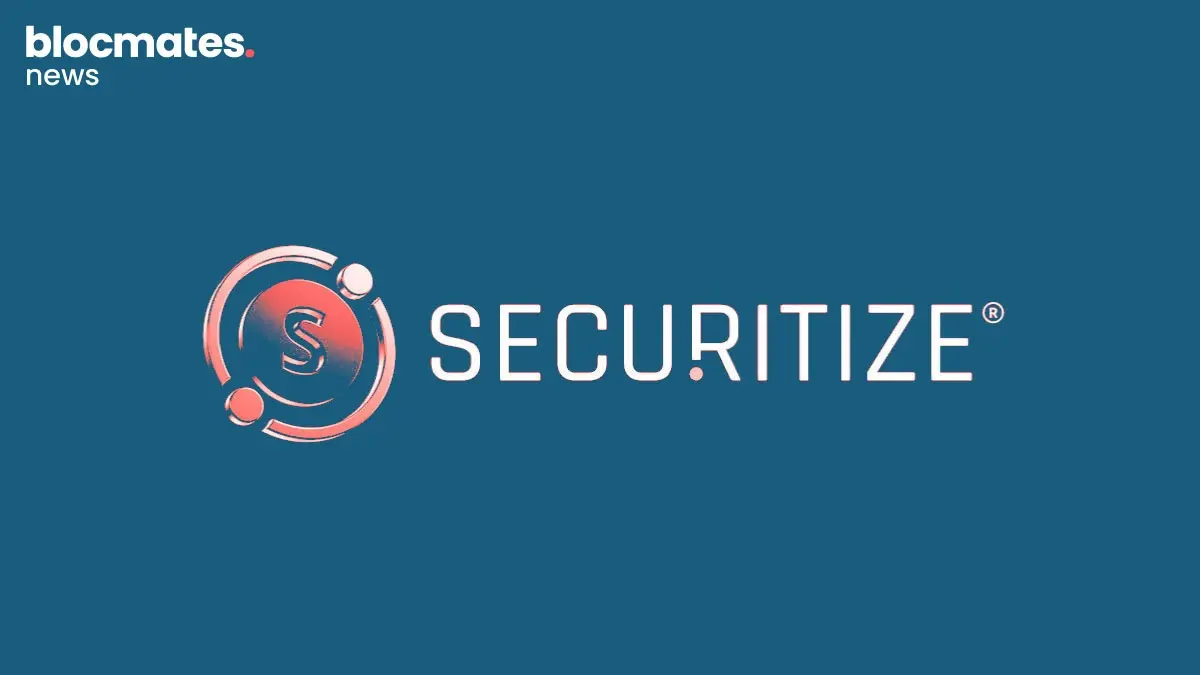

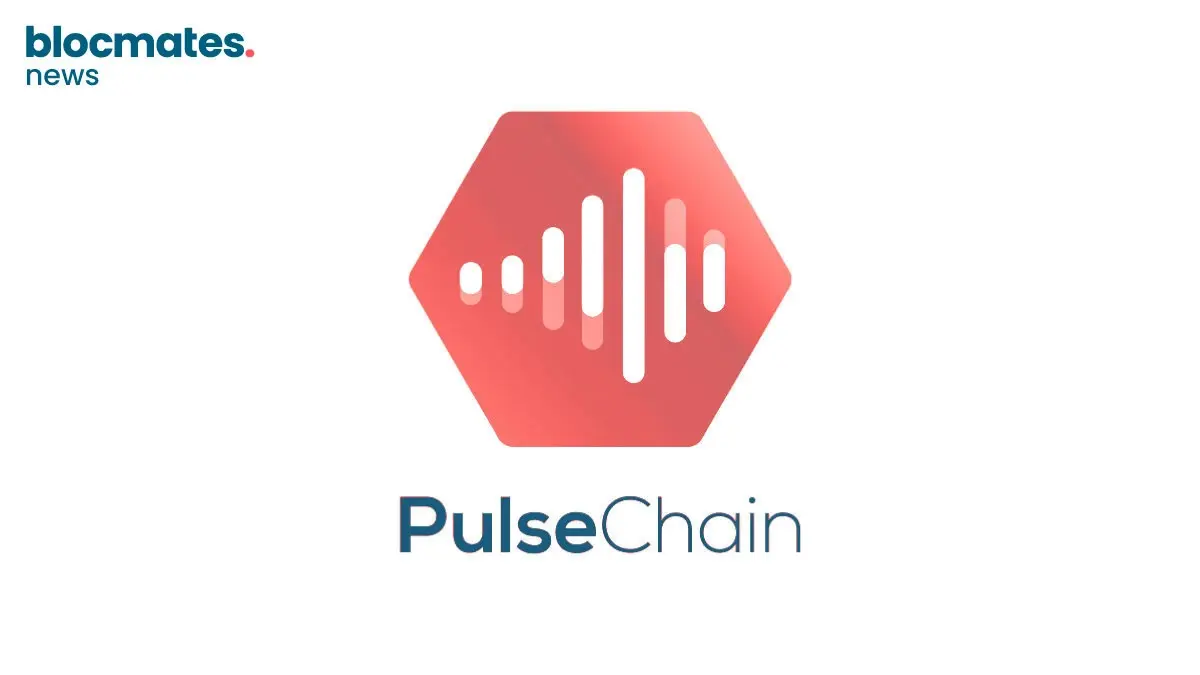
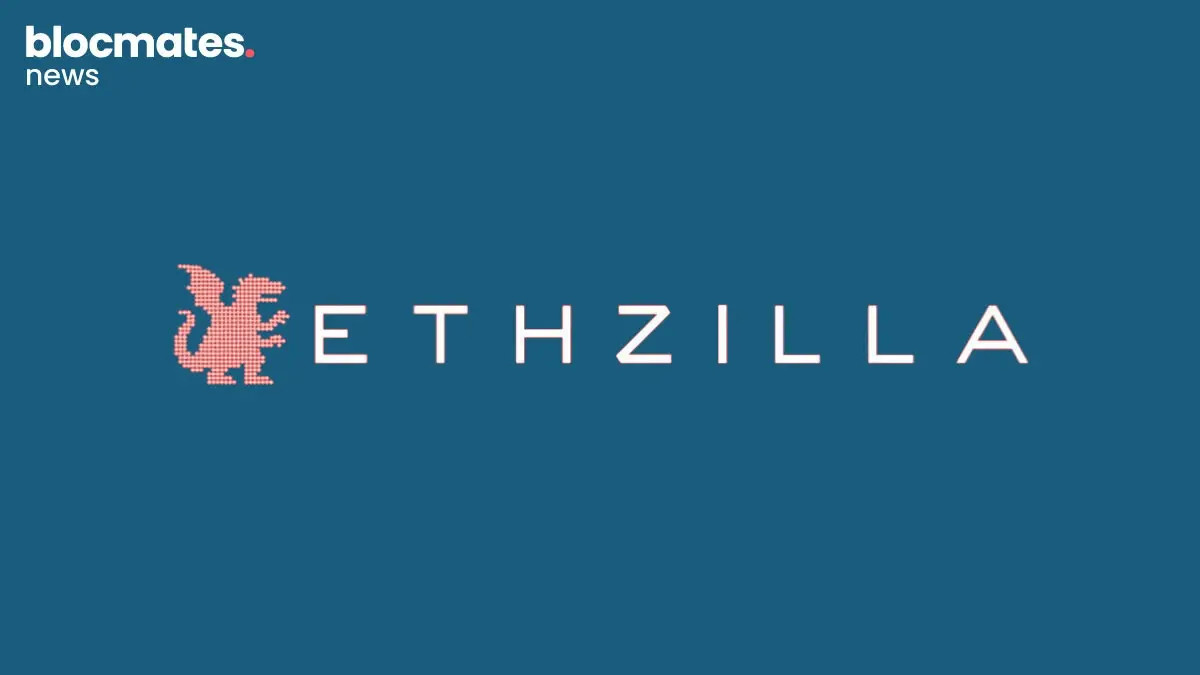
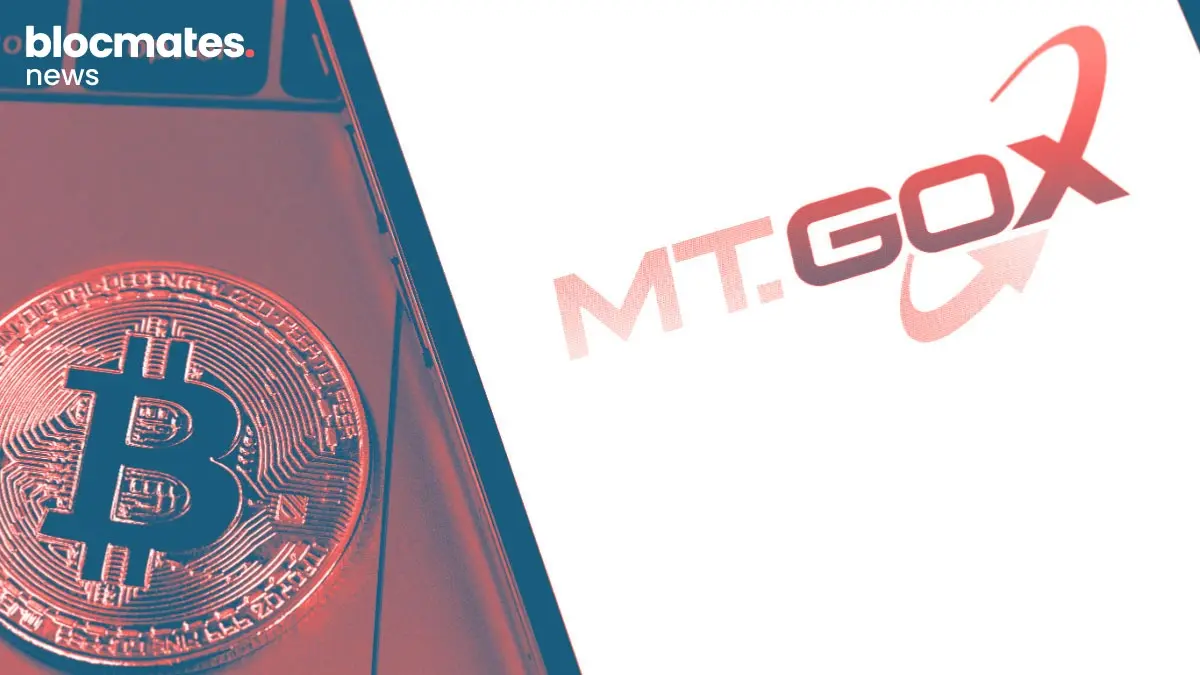

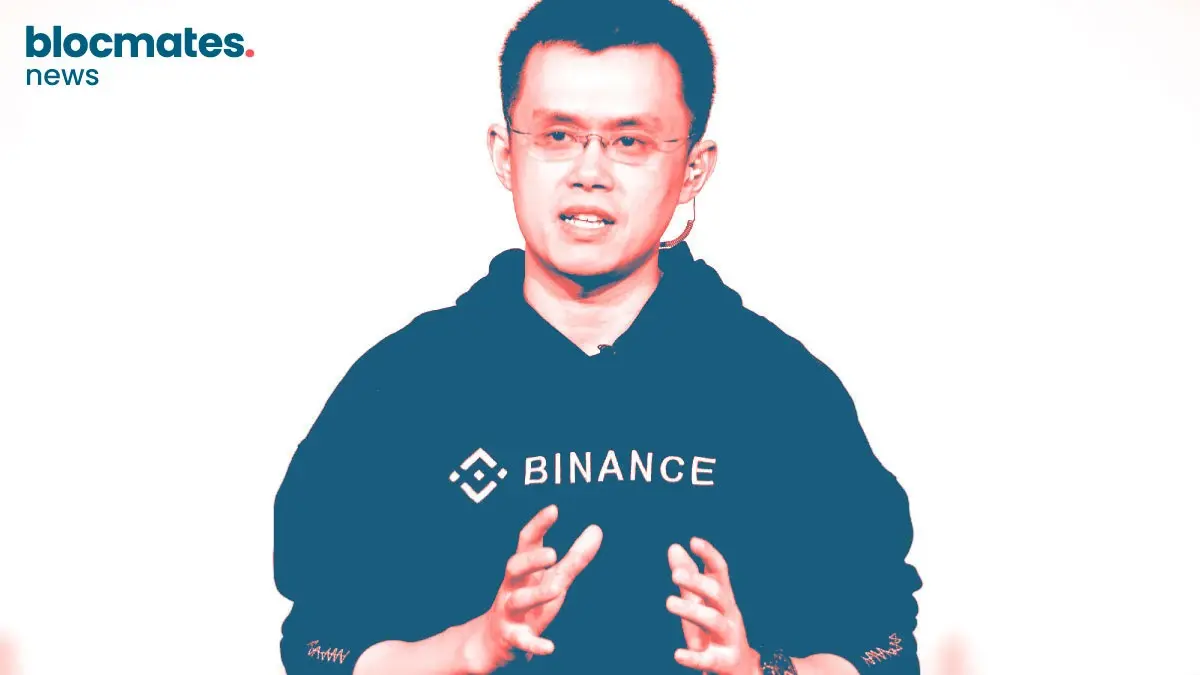


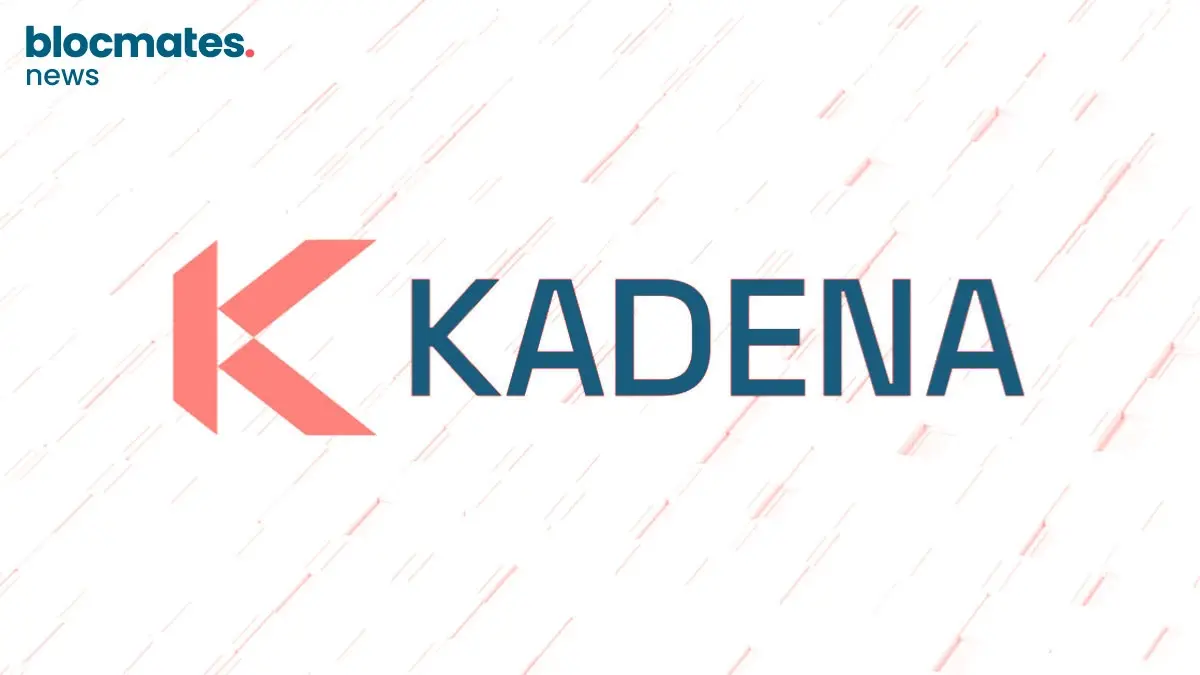

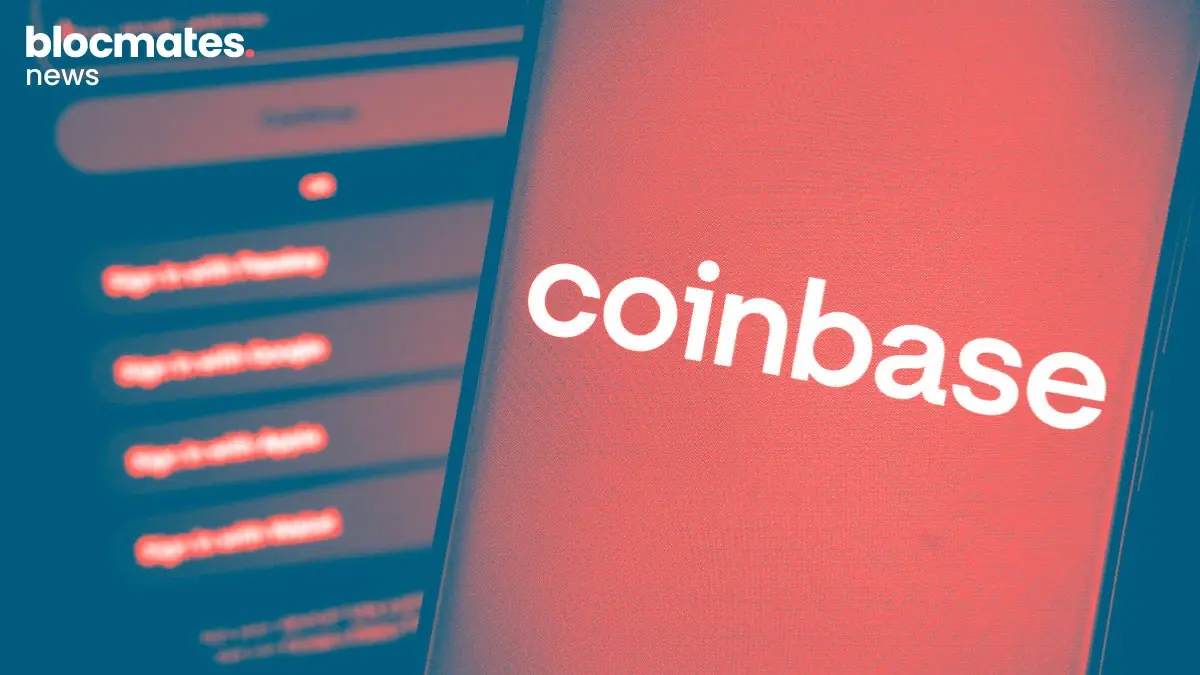
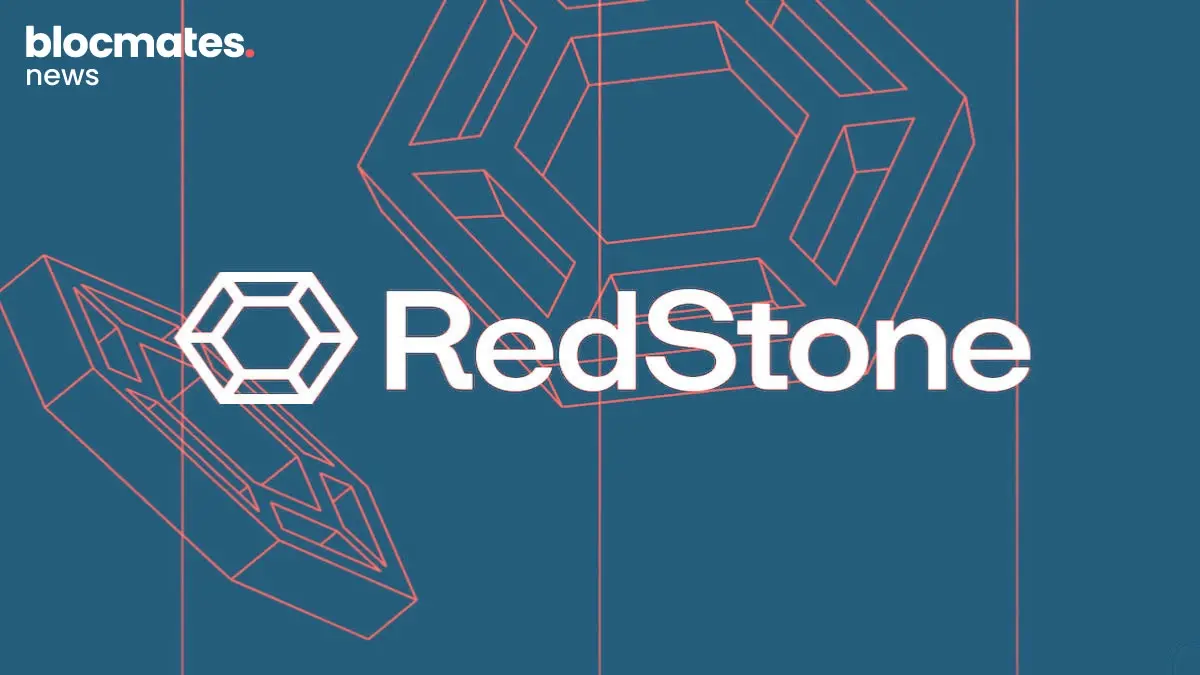
.webp)

.webp)
.webp)

.webp)


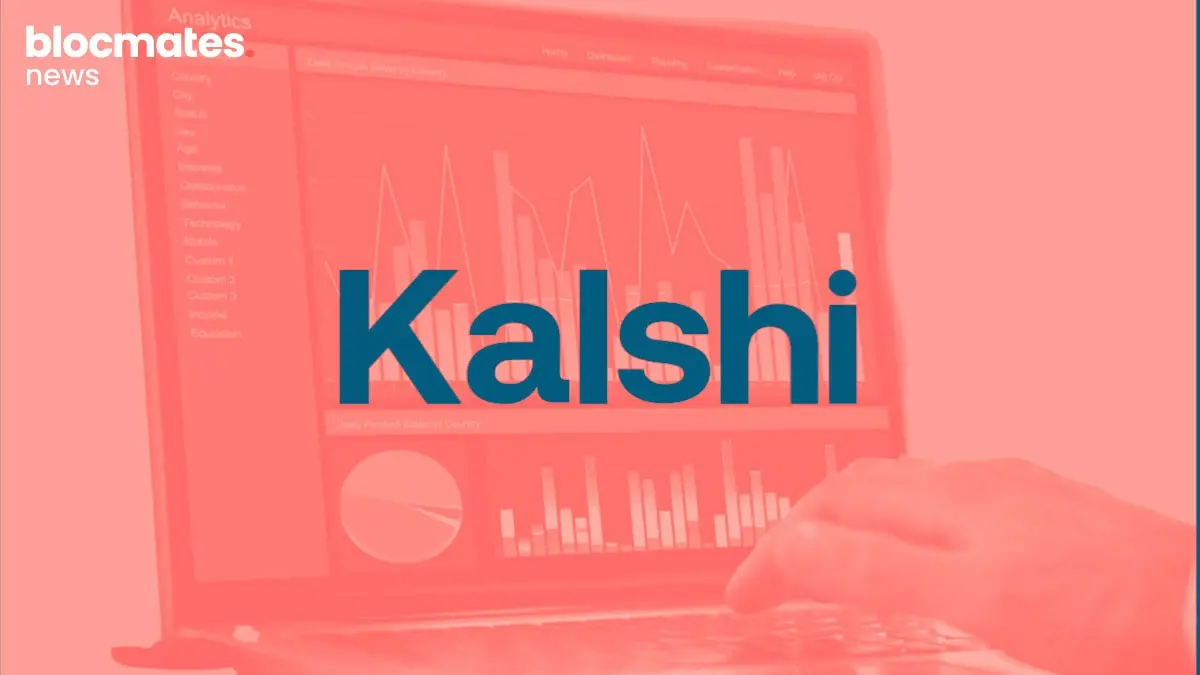
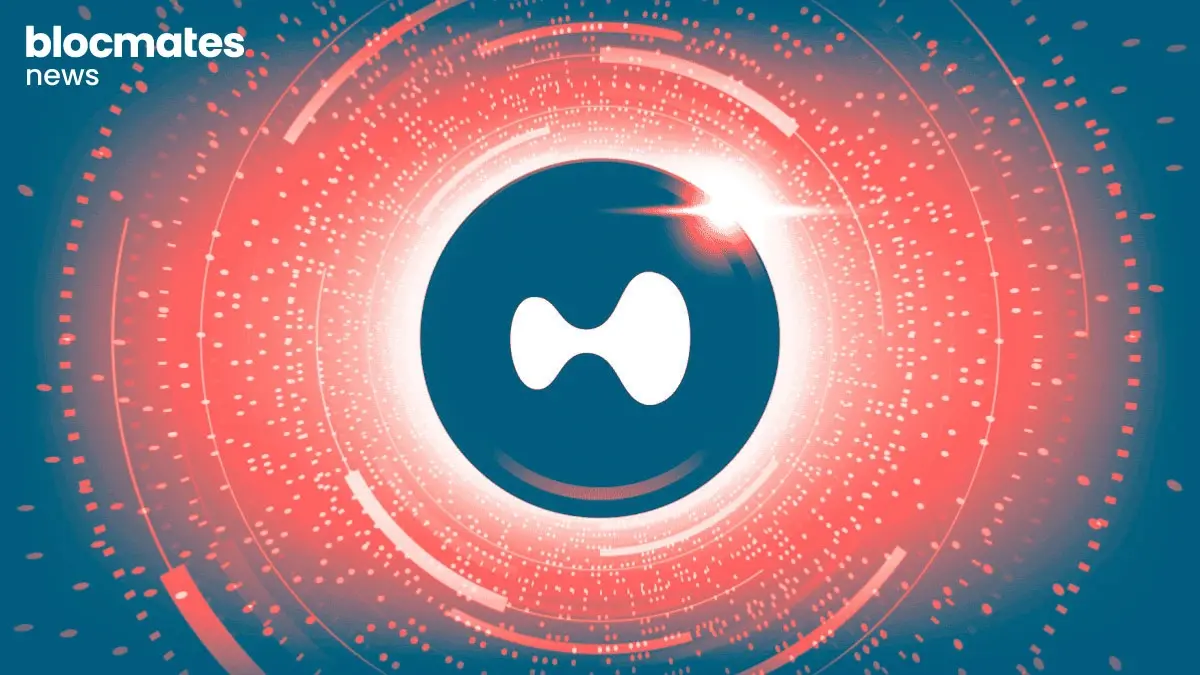



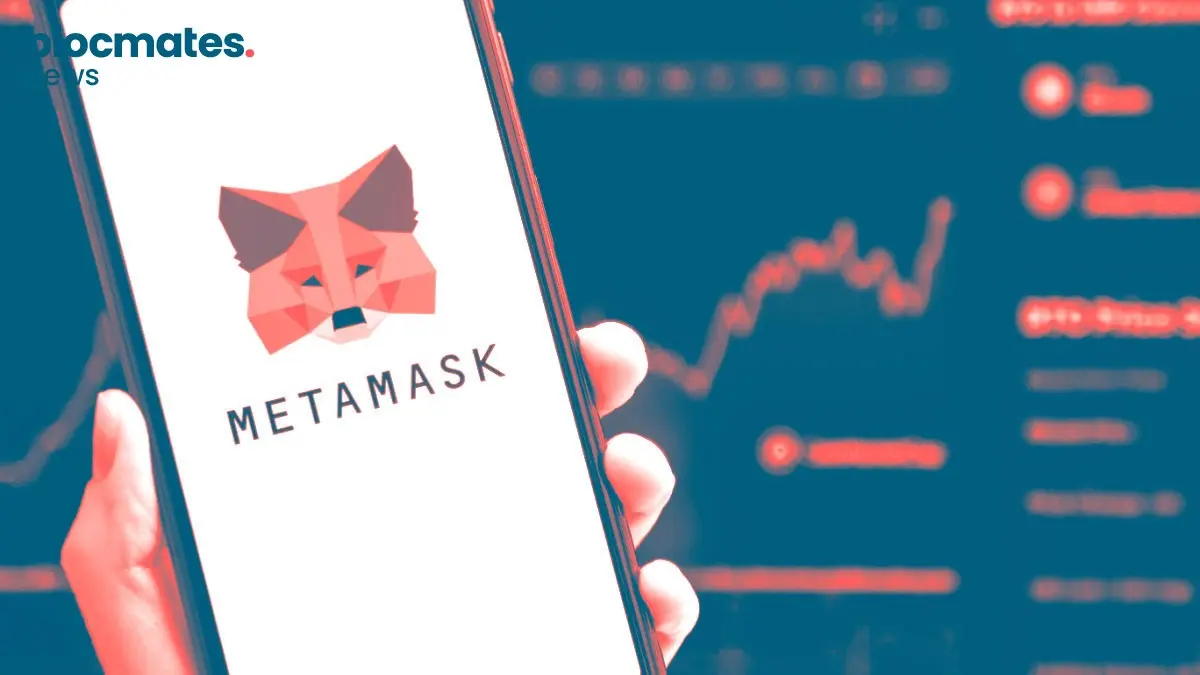
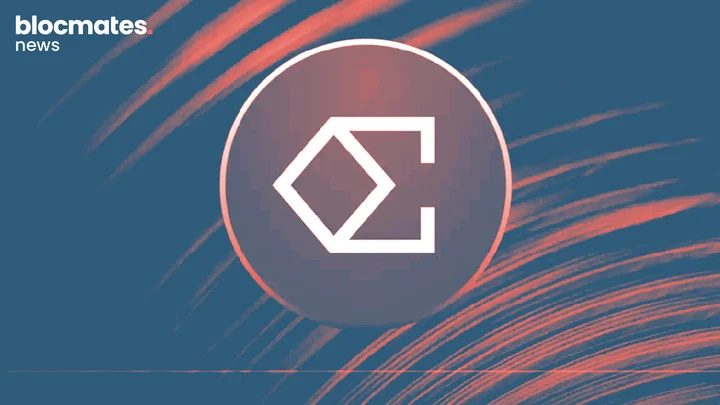


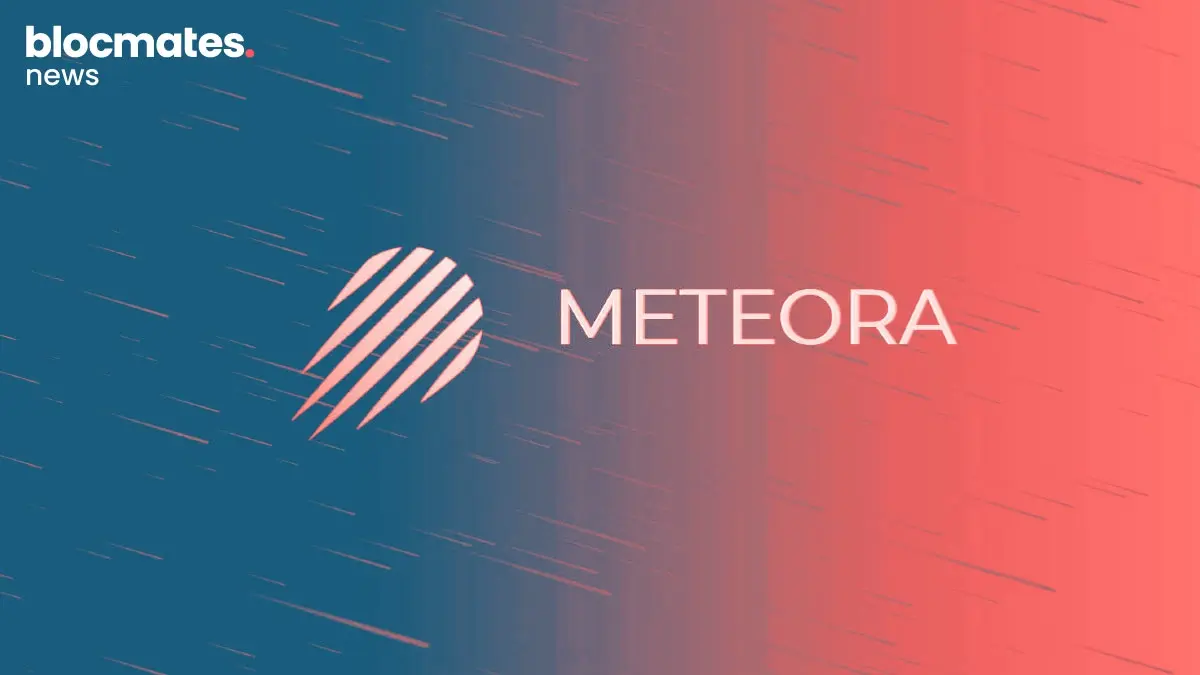


.webp)

.webp)

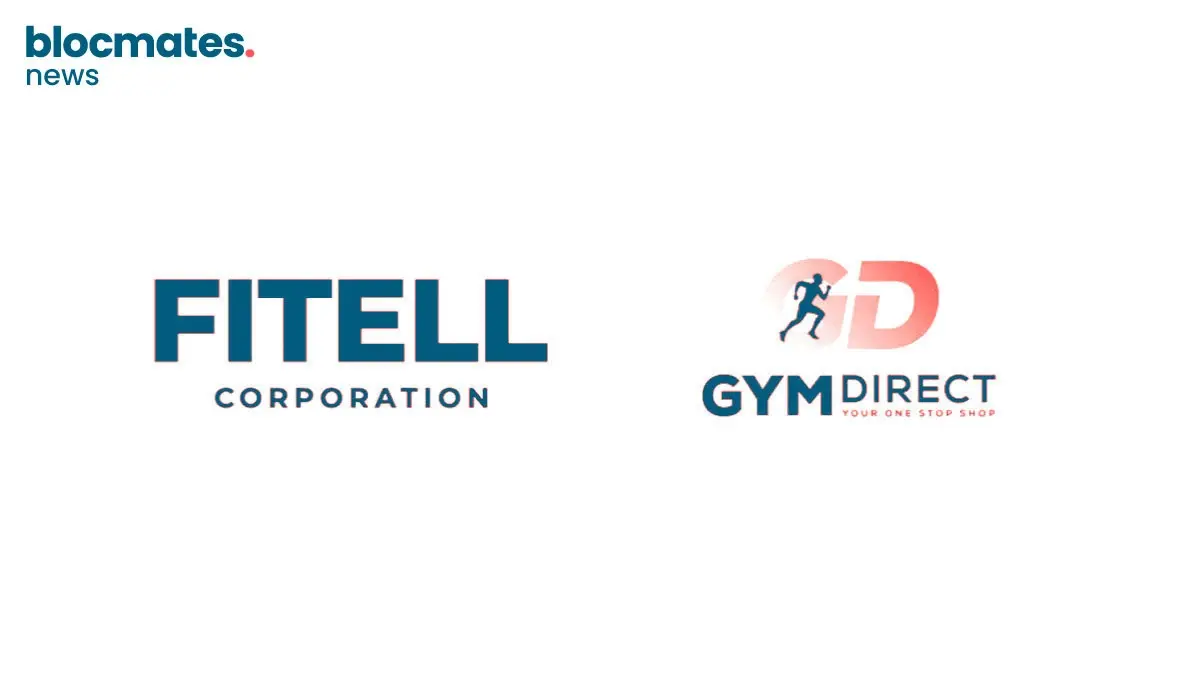
.webp)



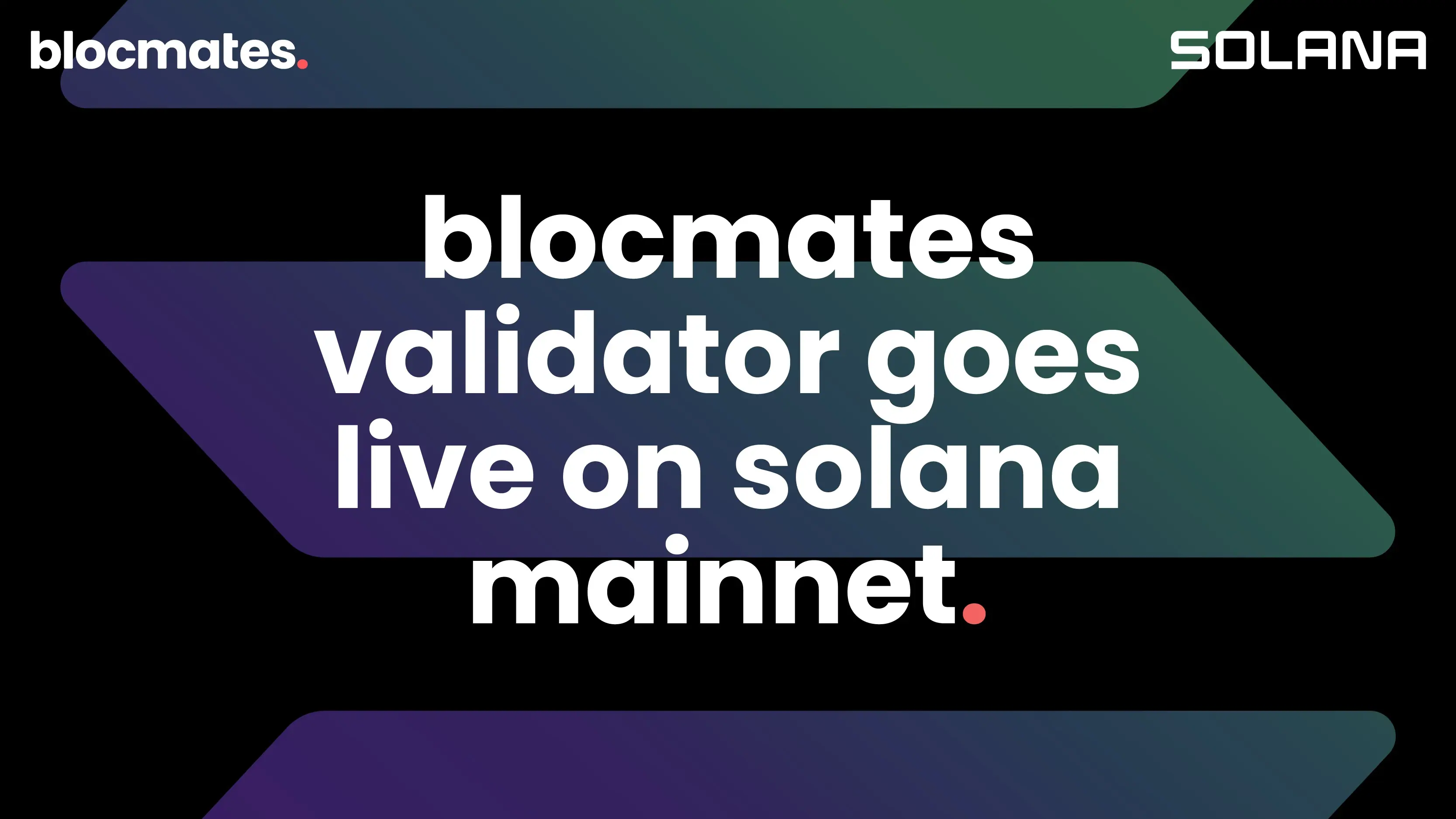
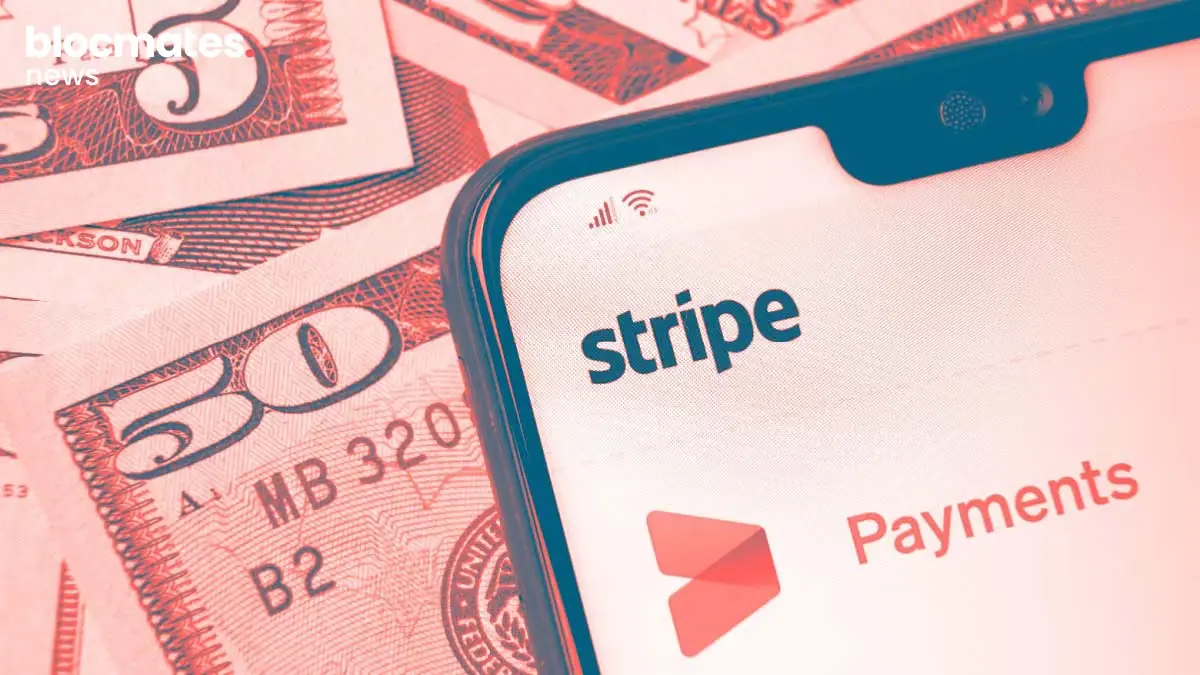



.webp)
